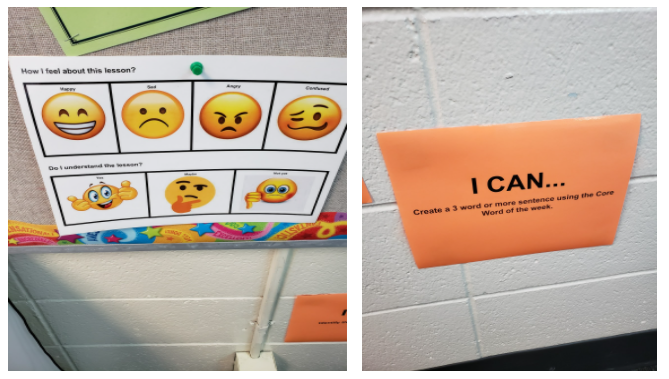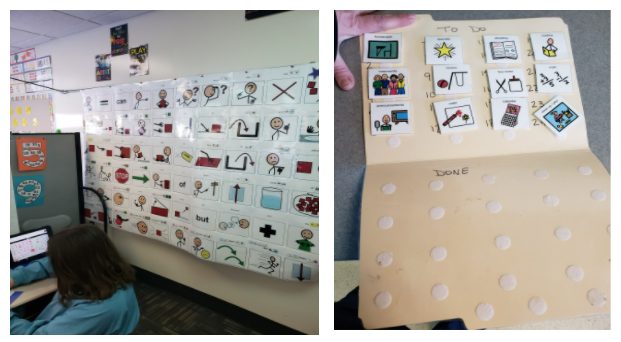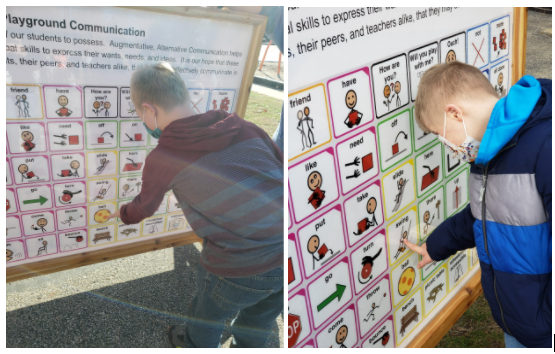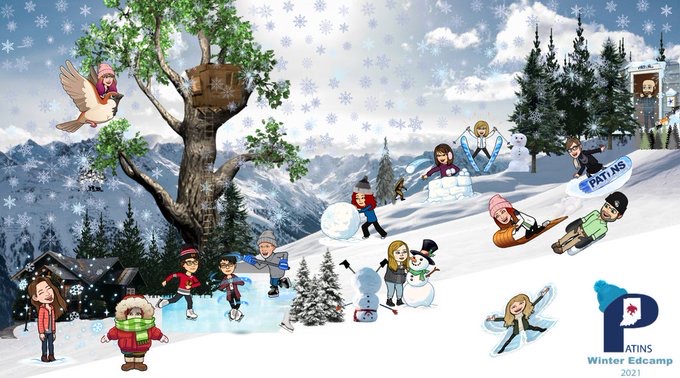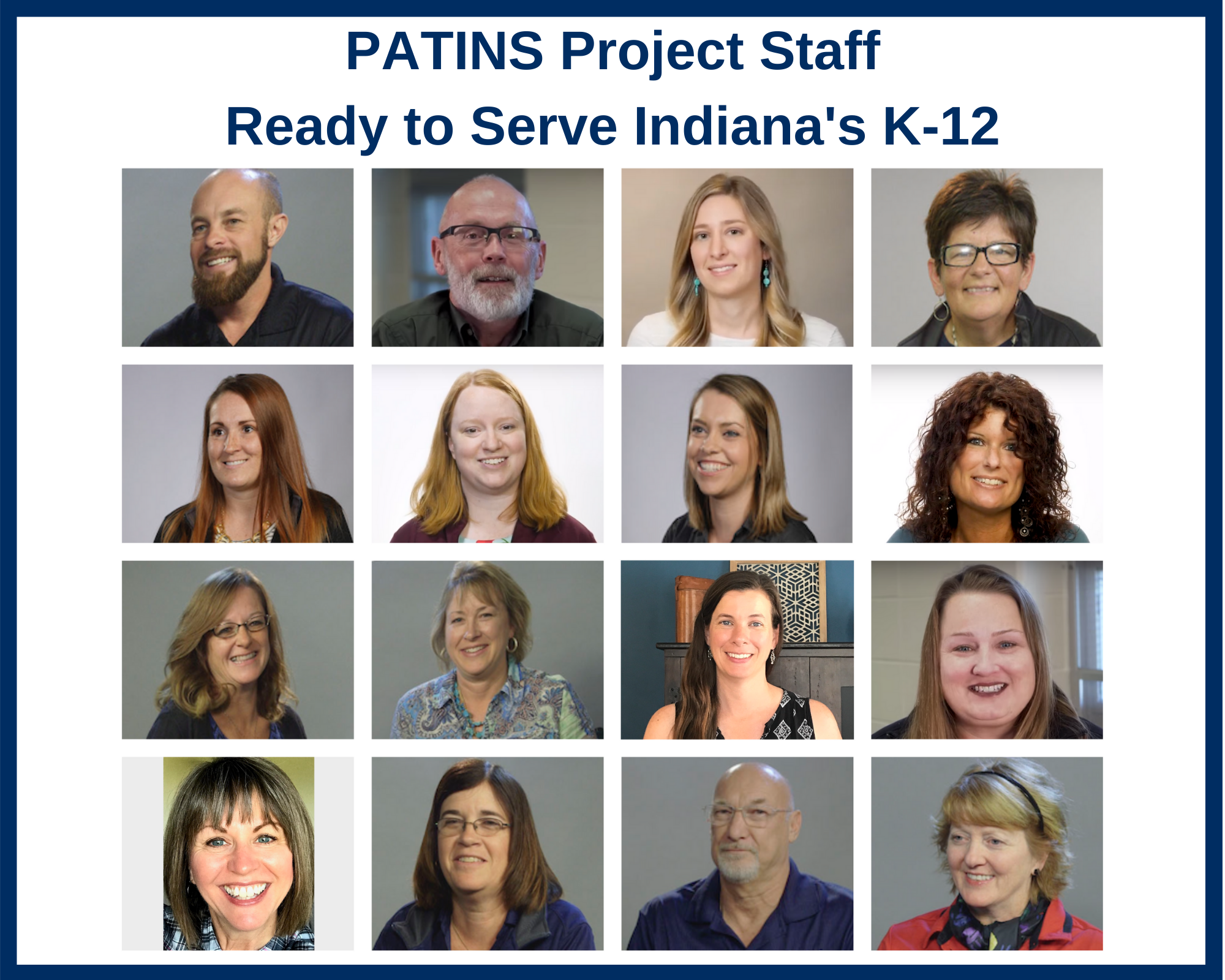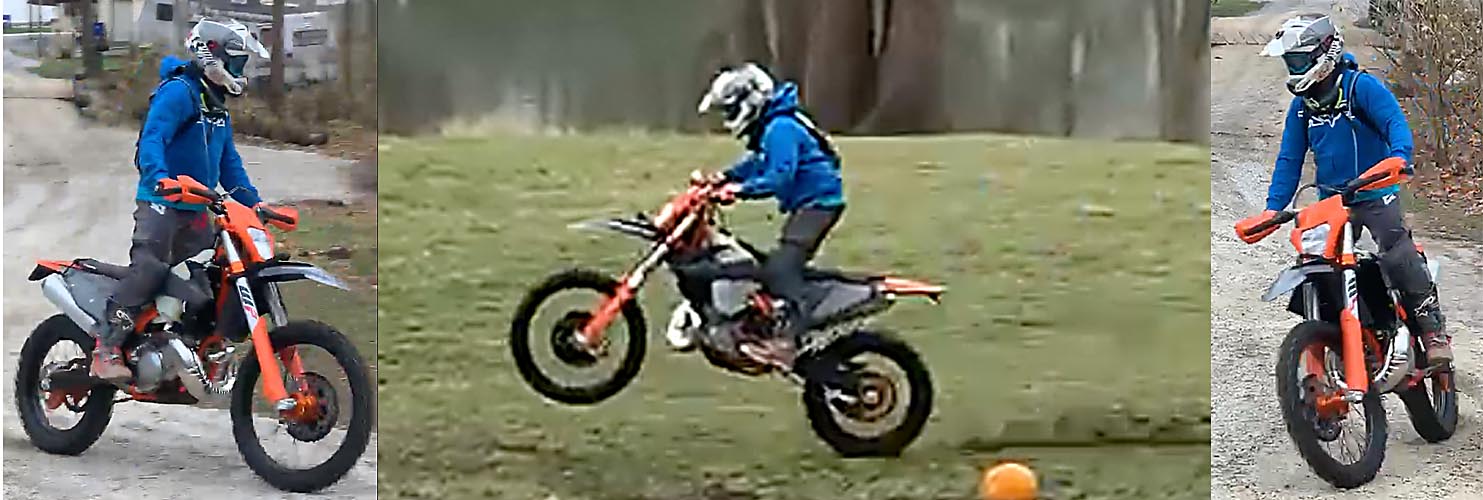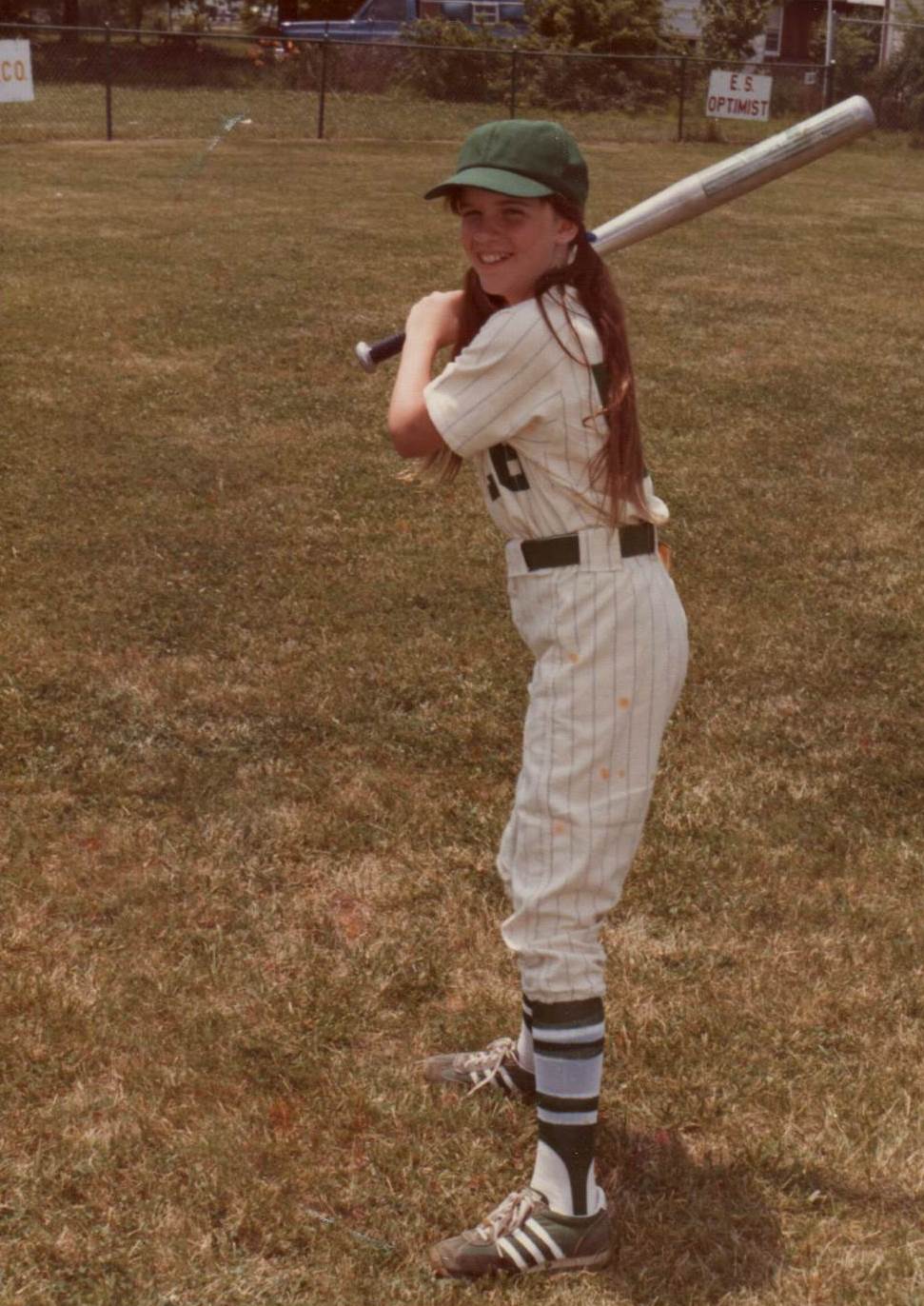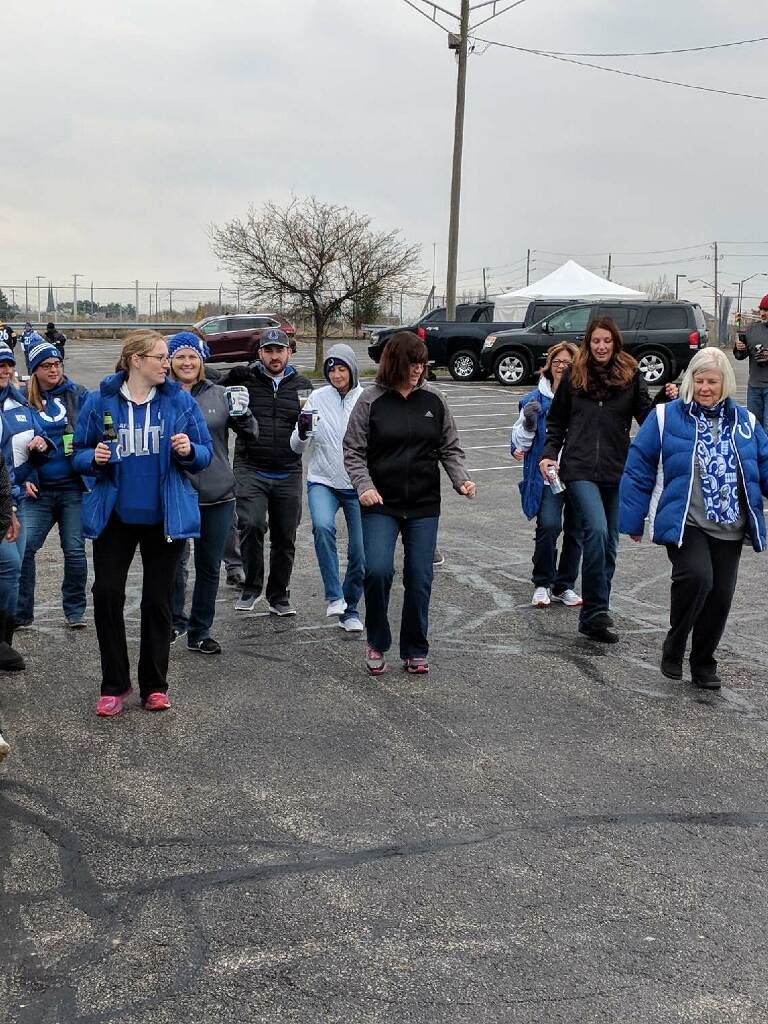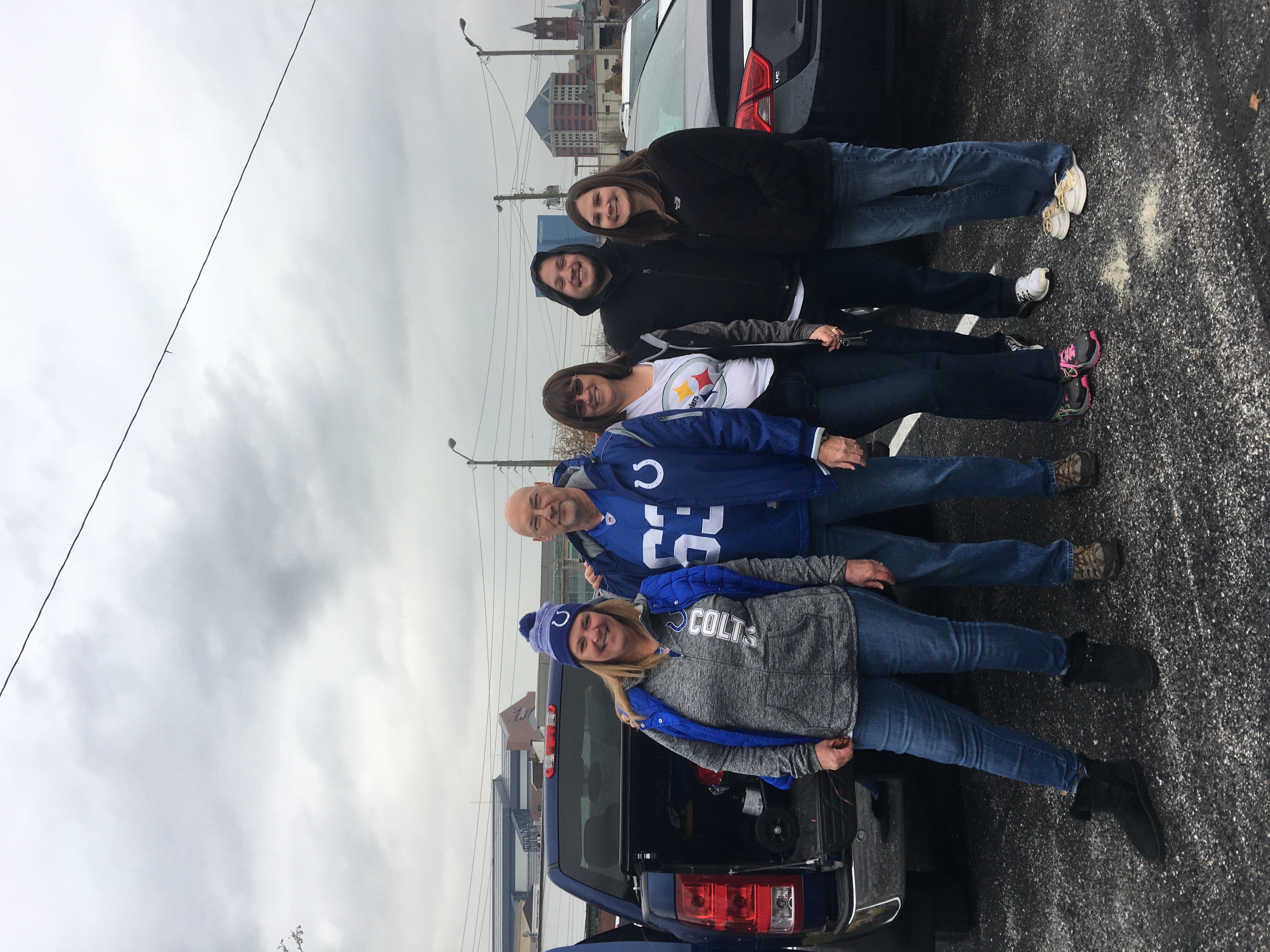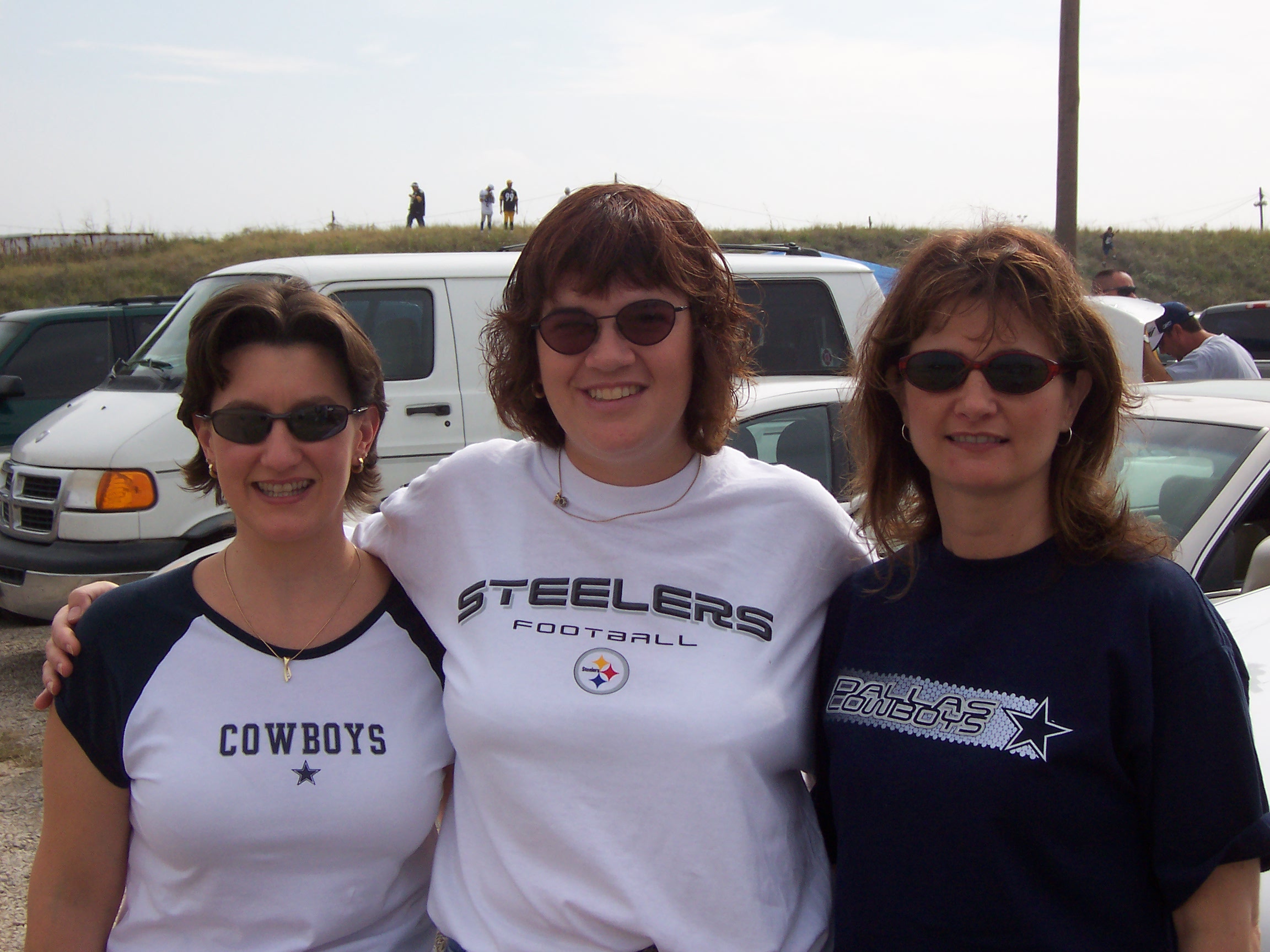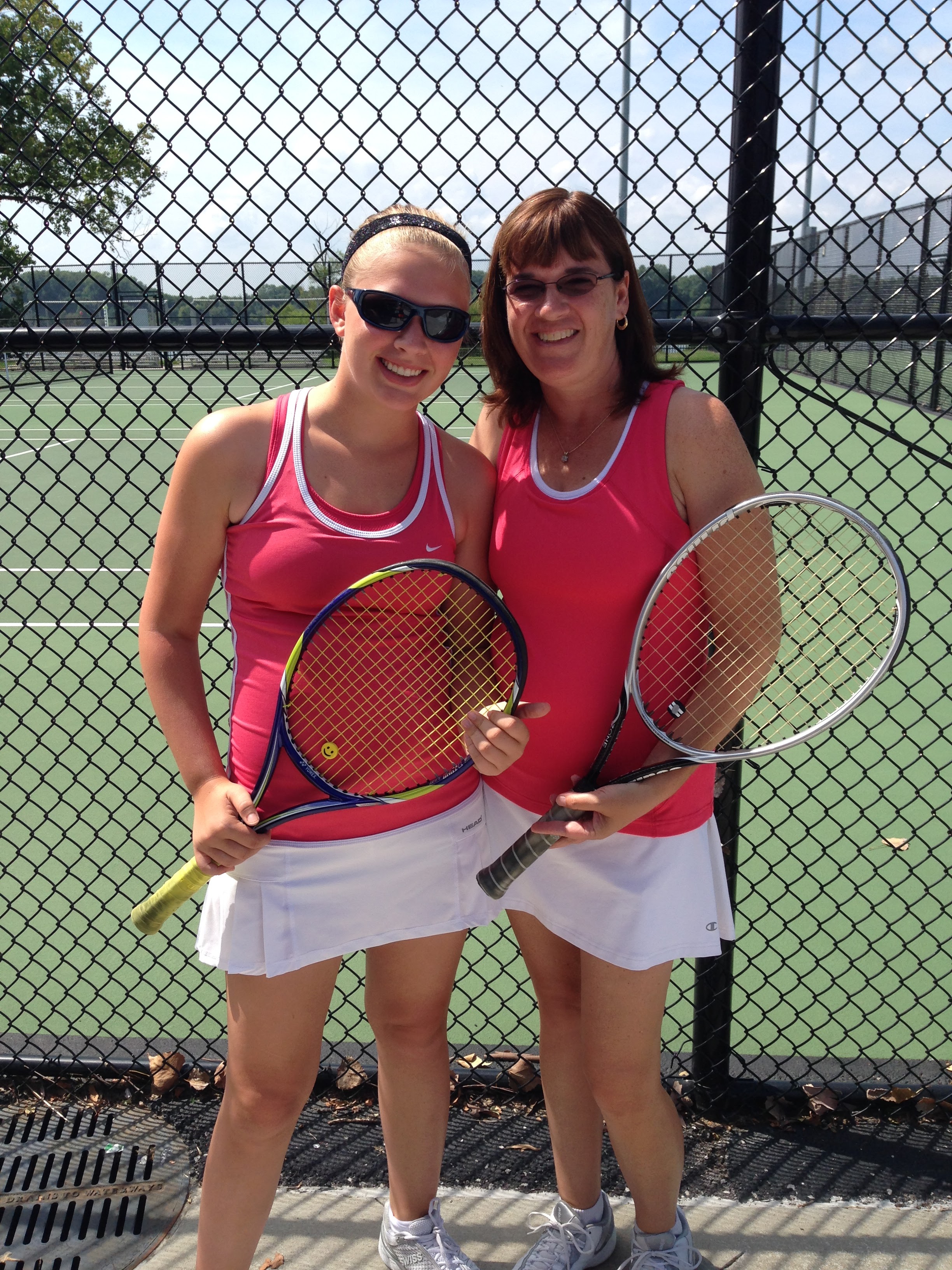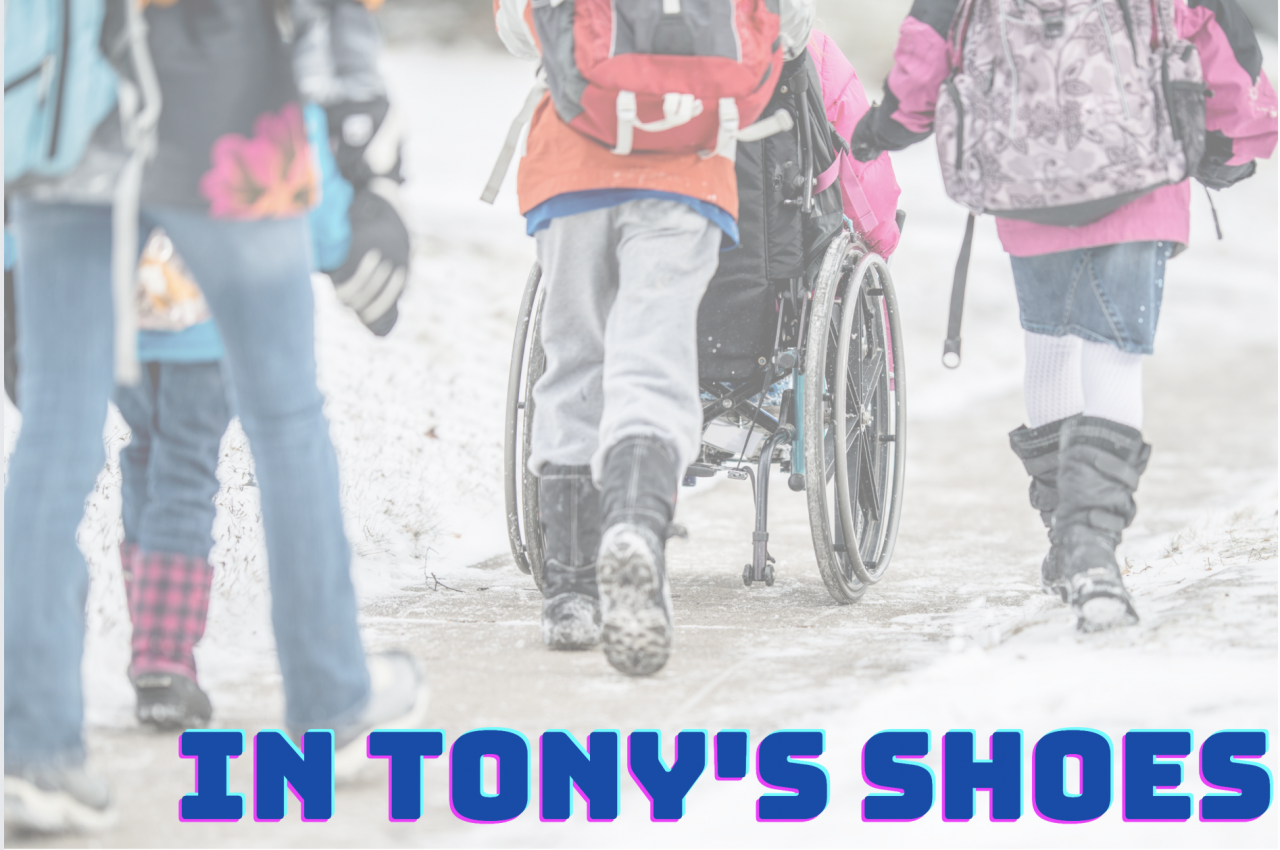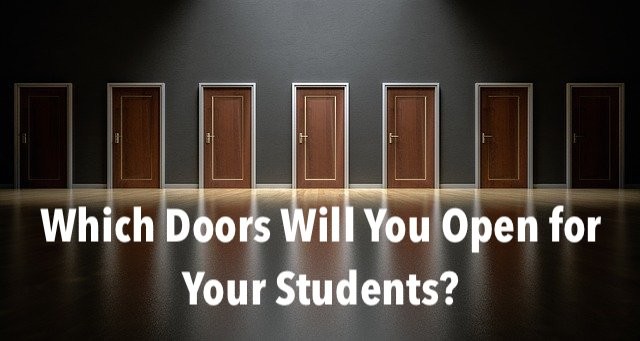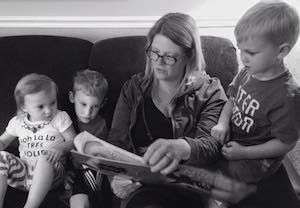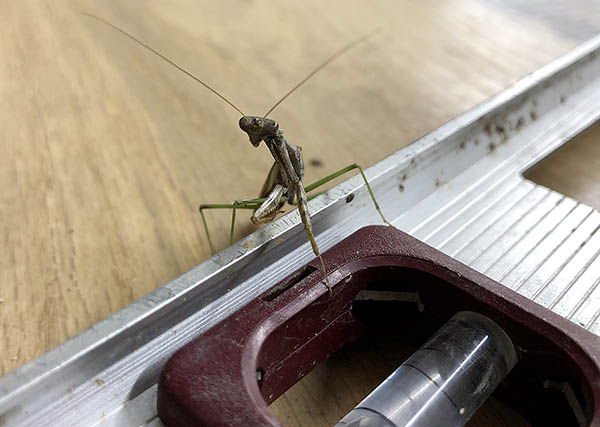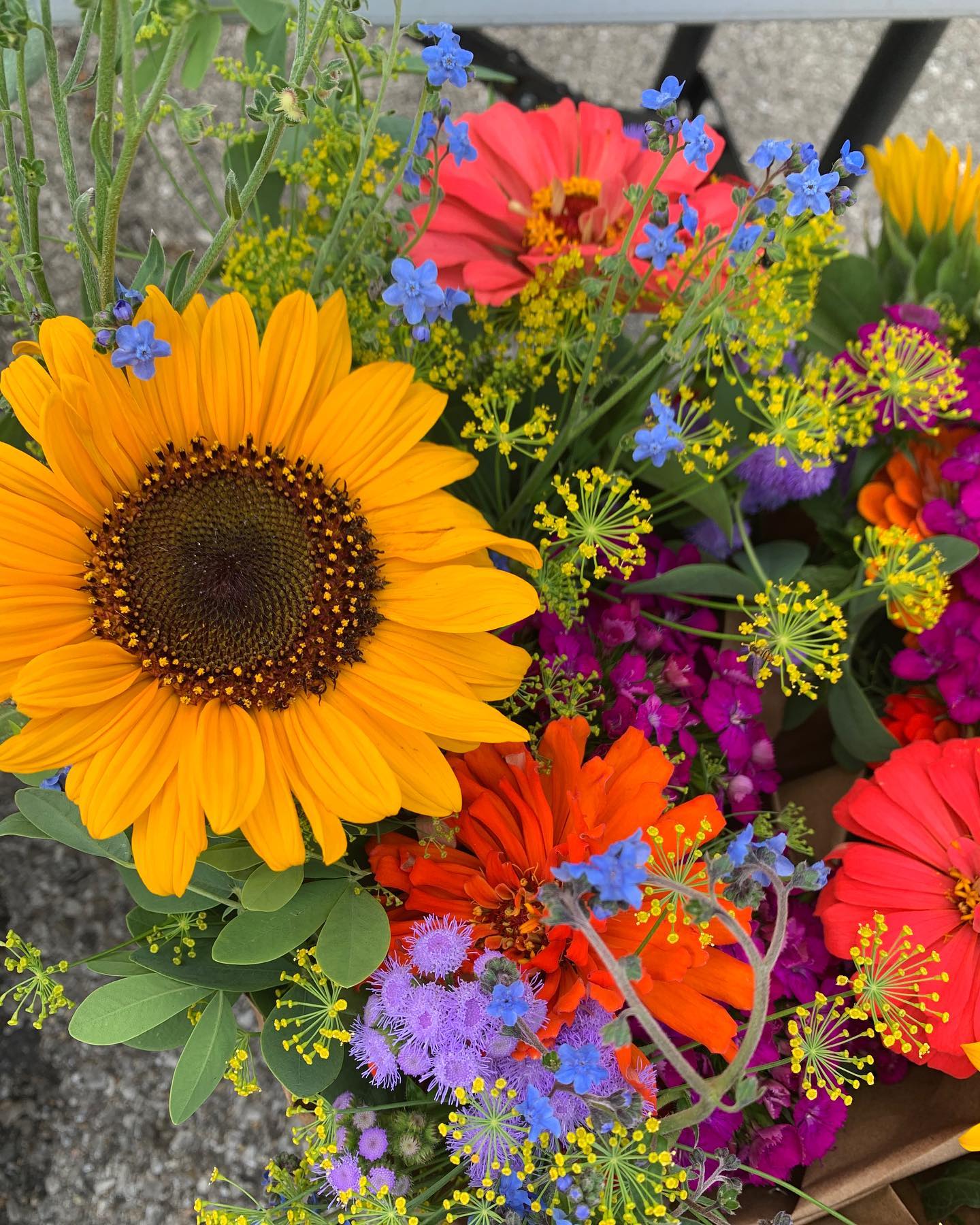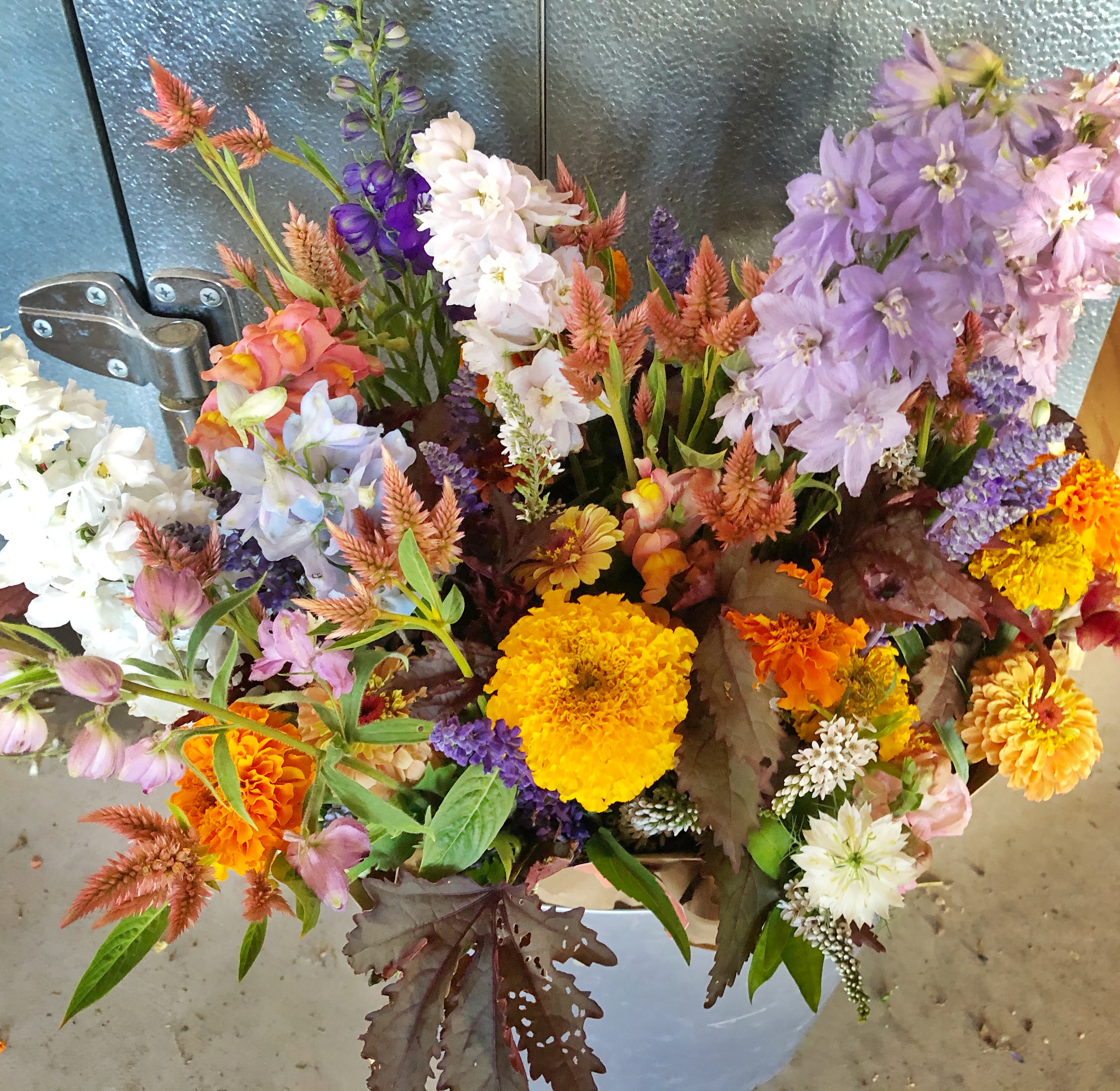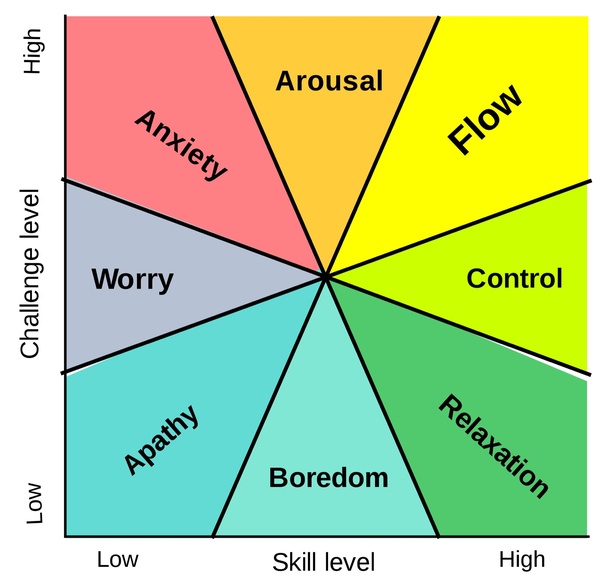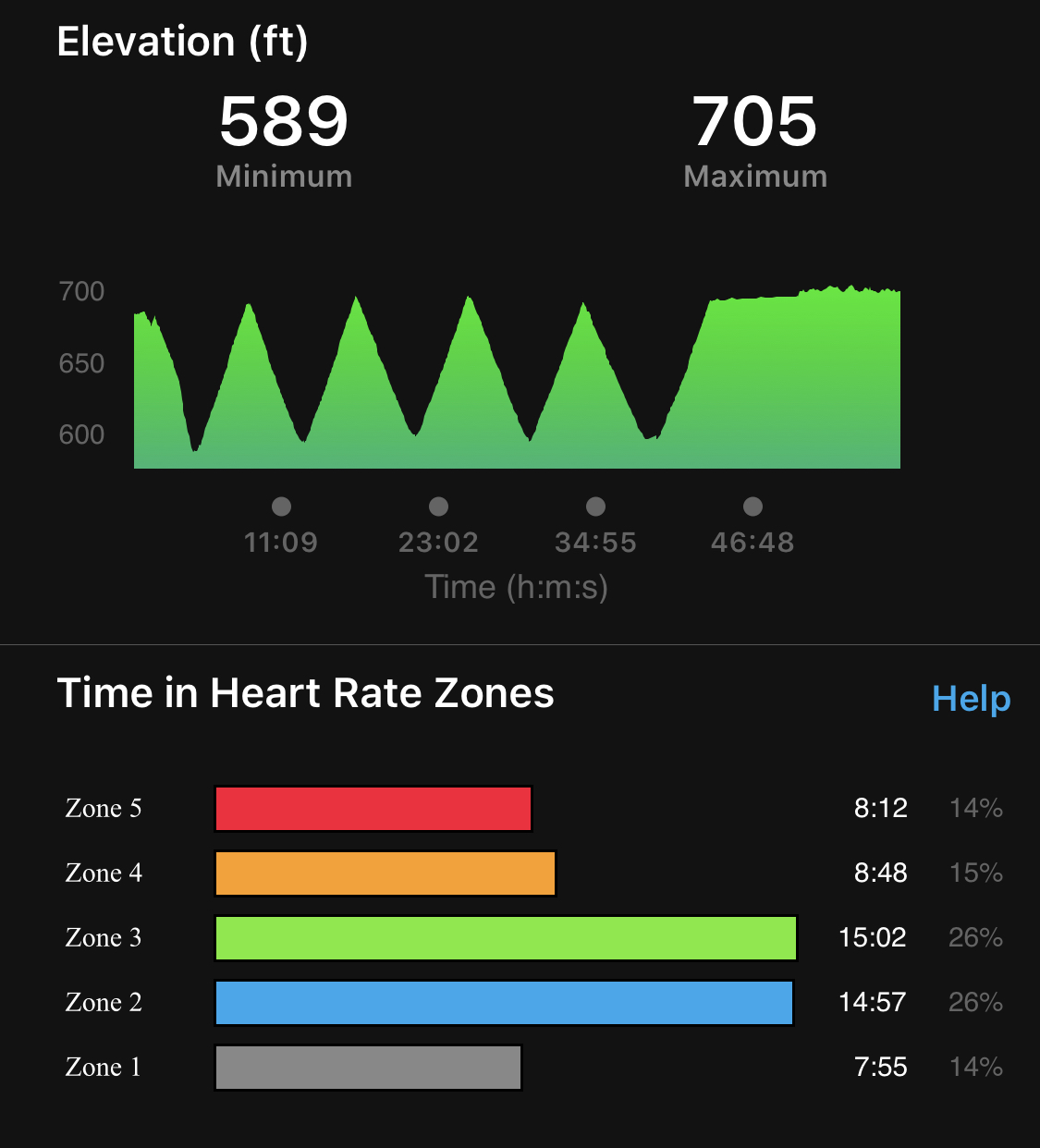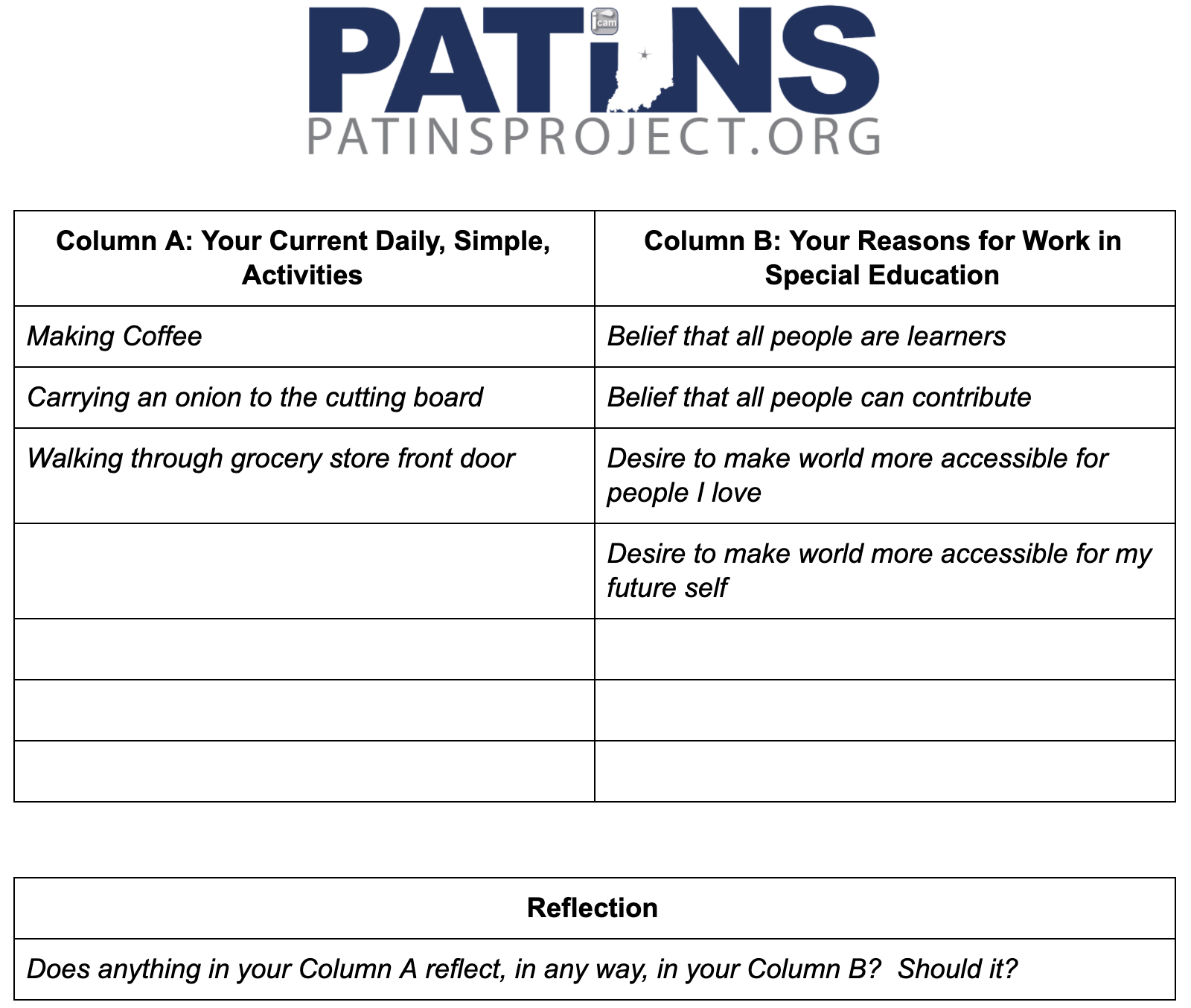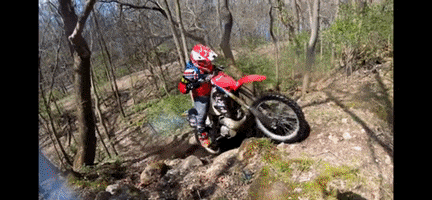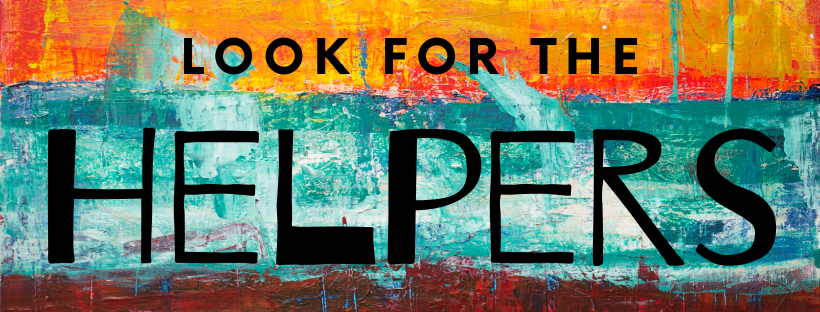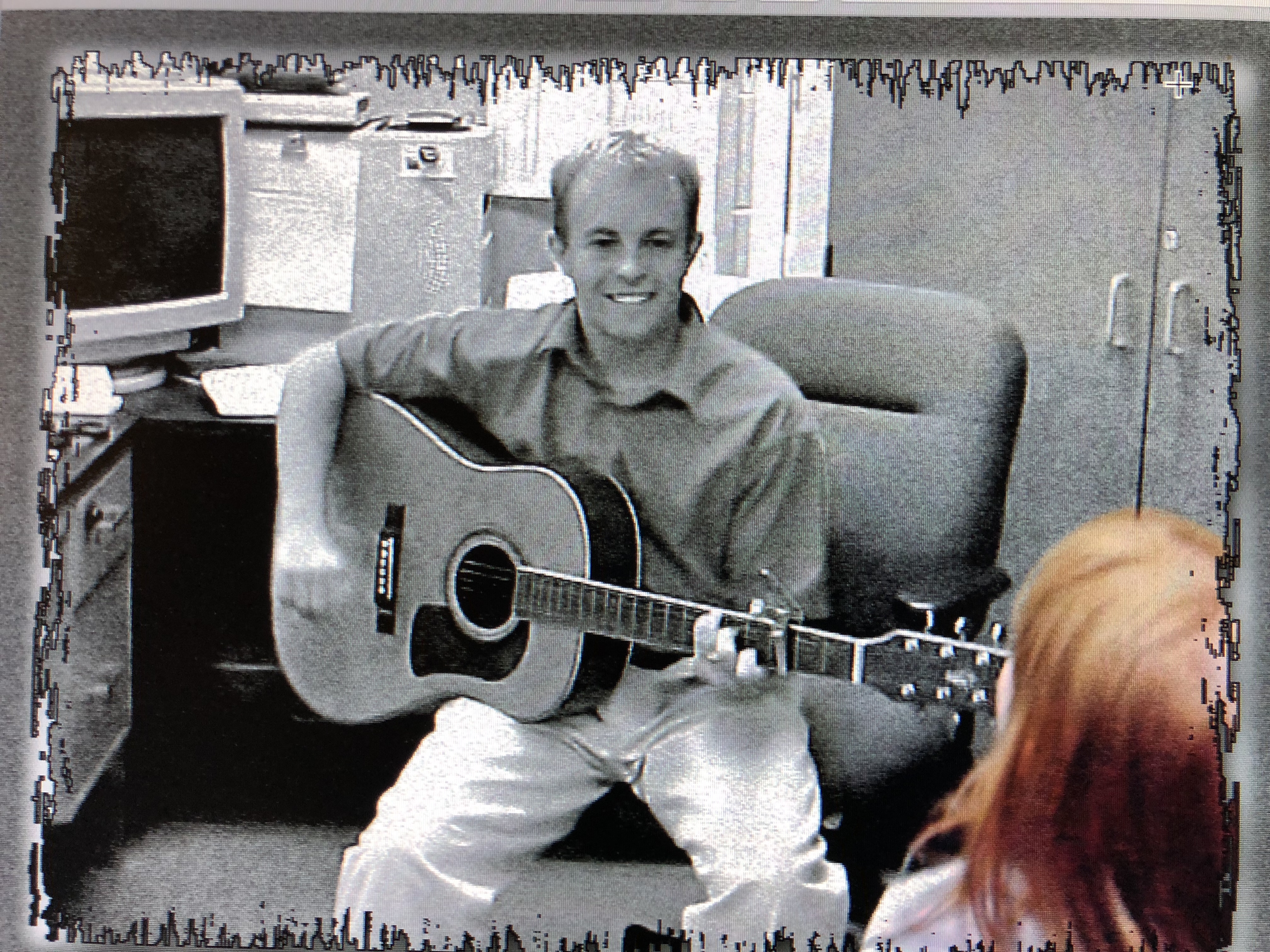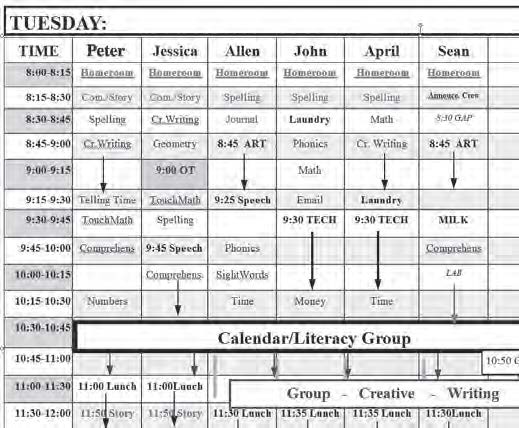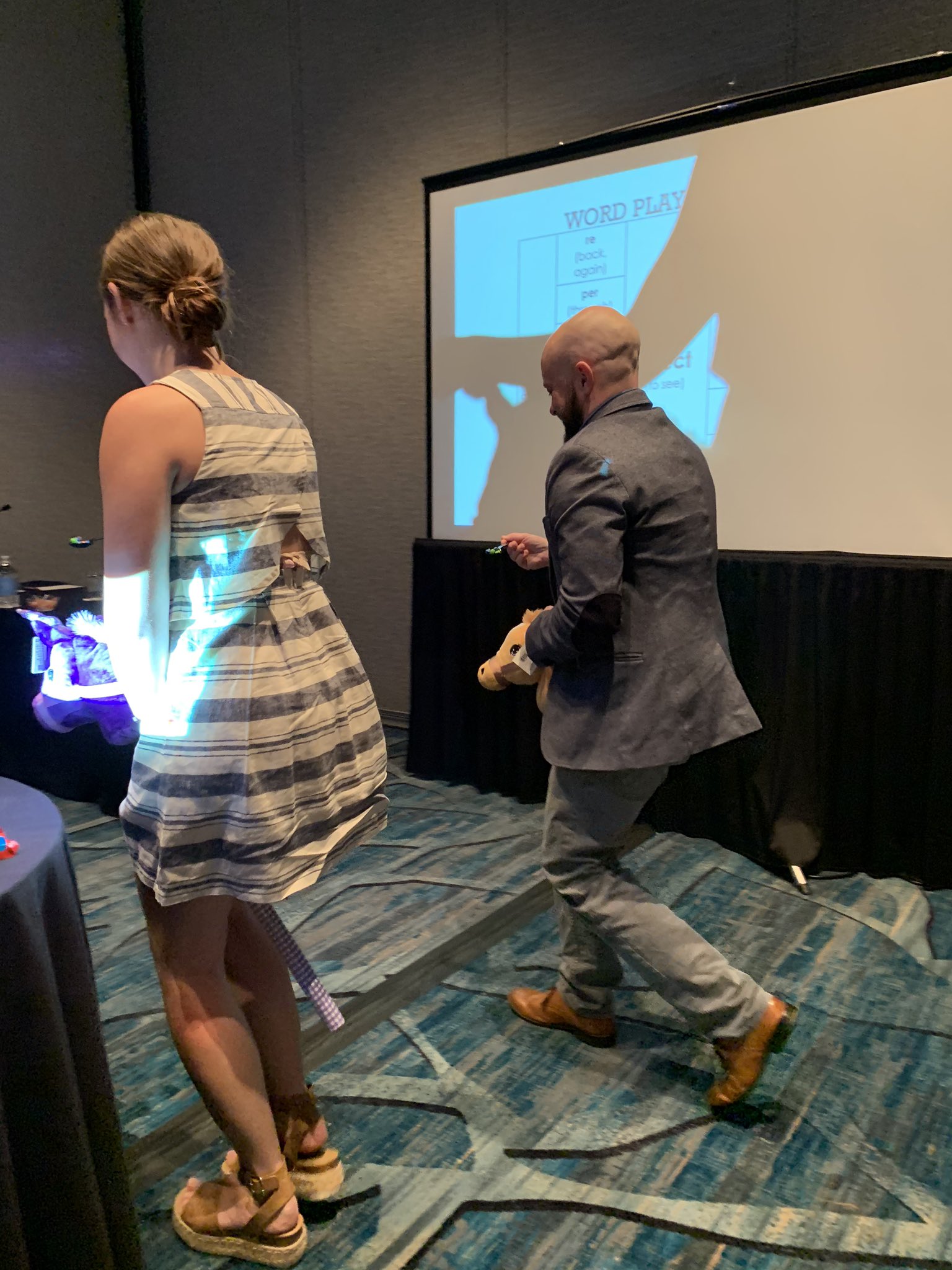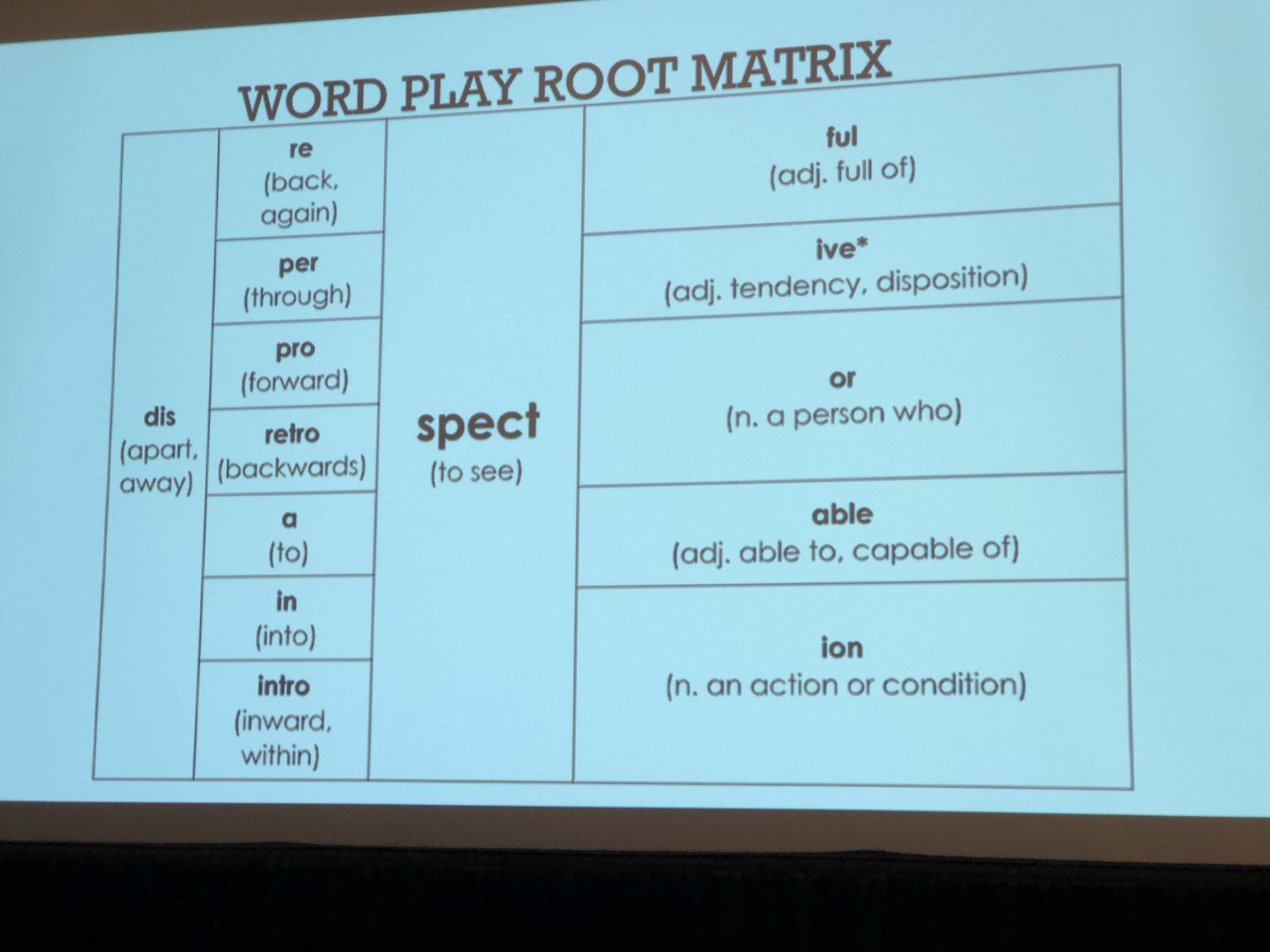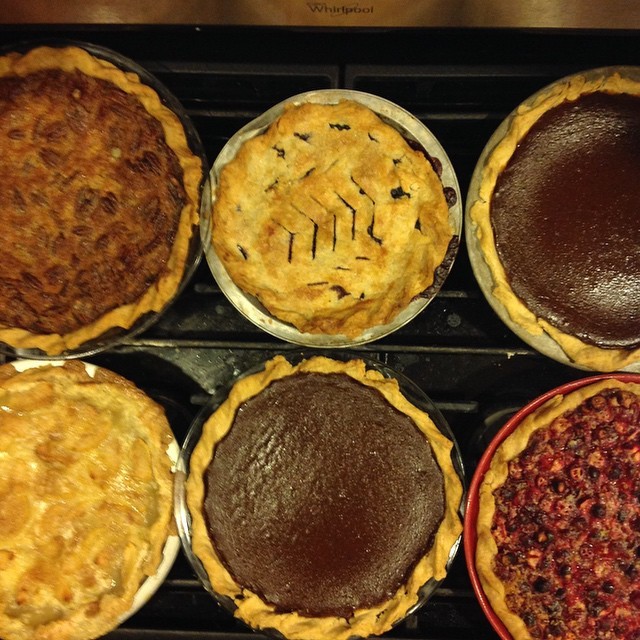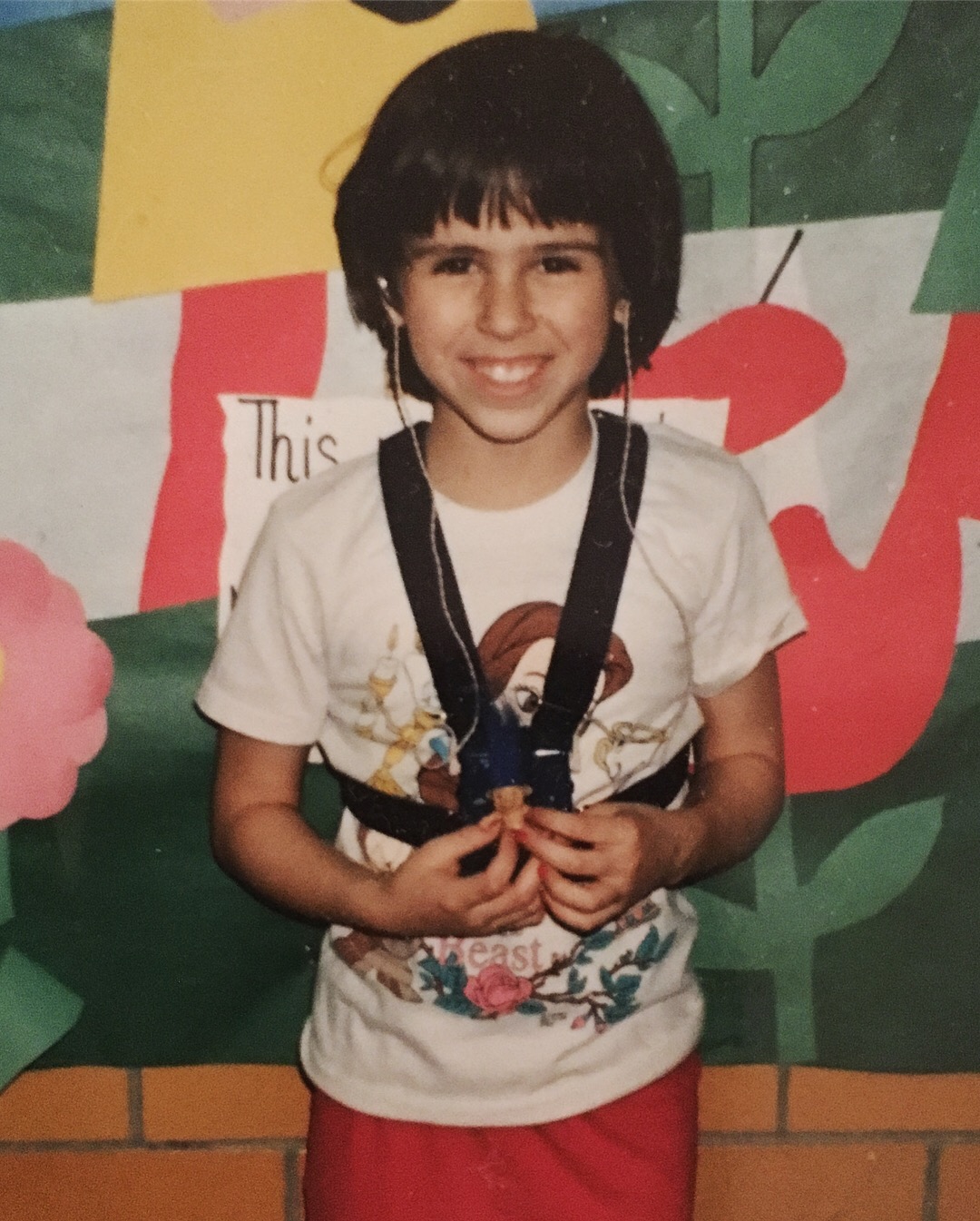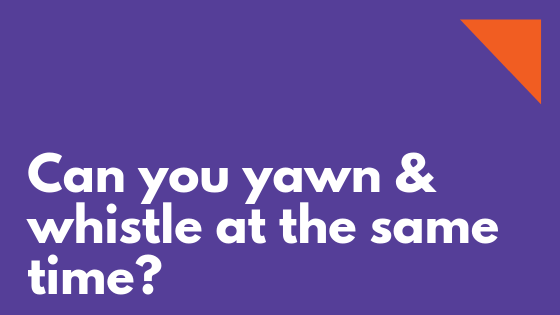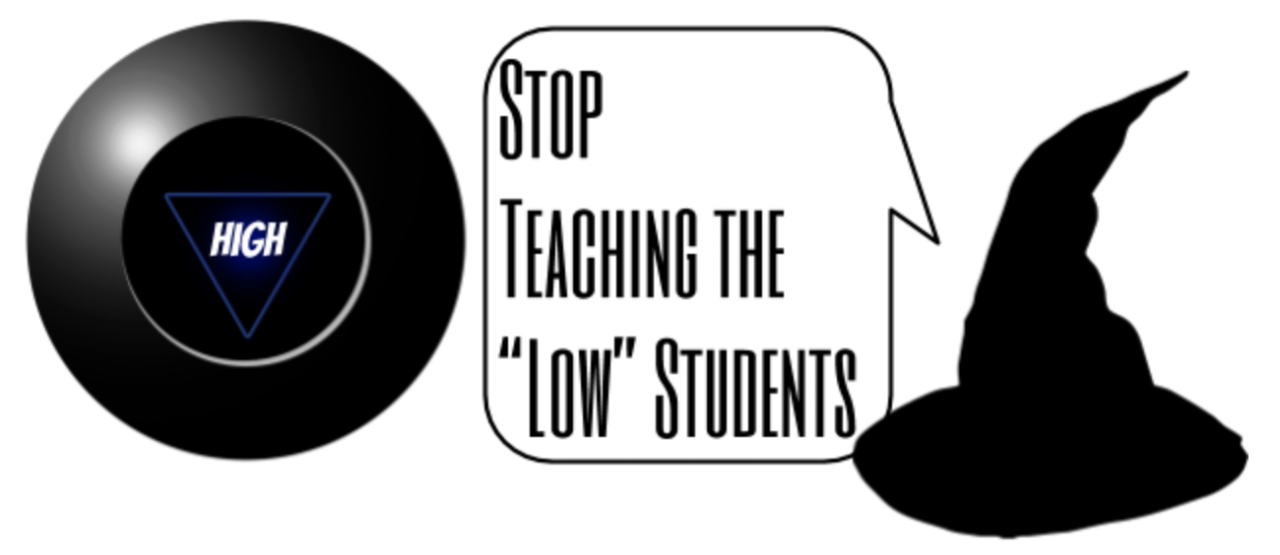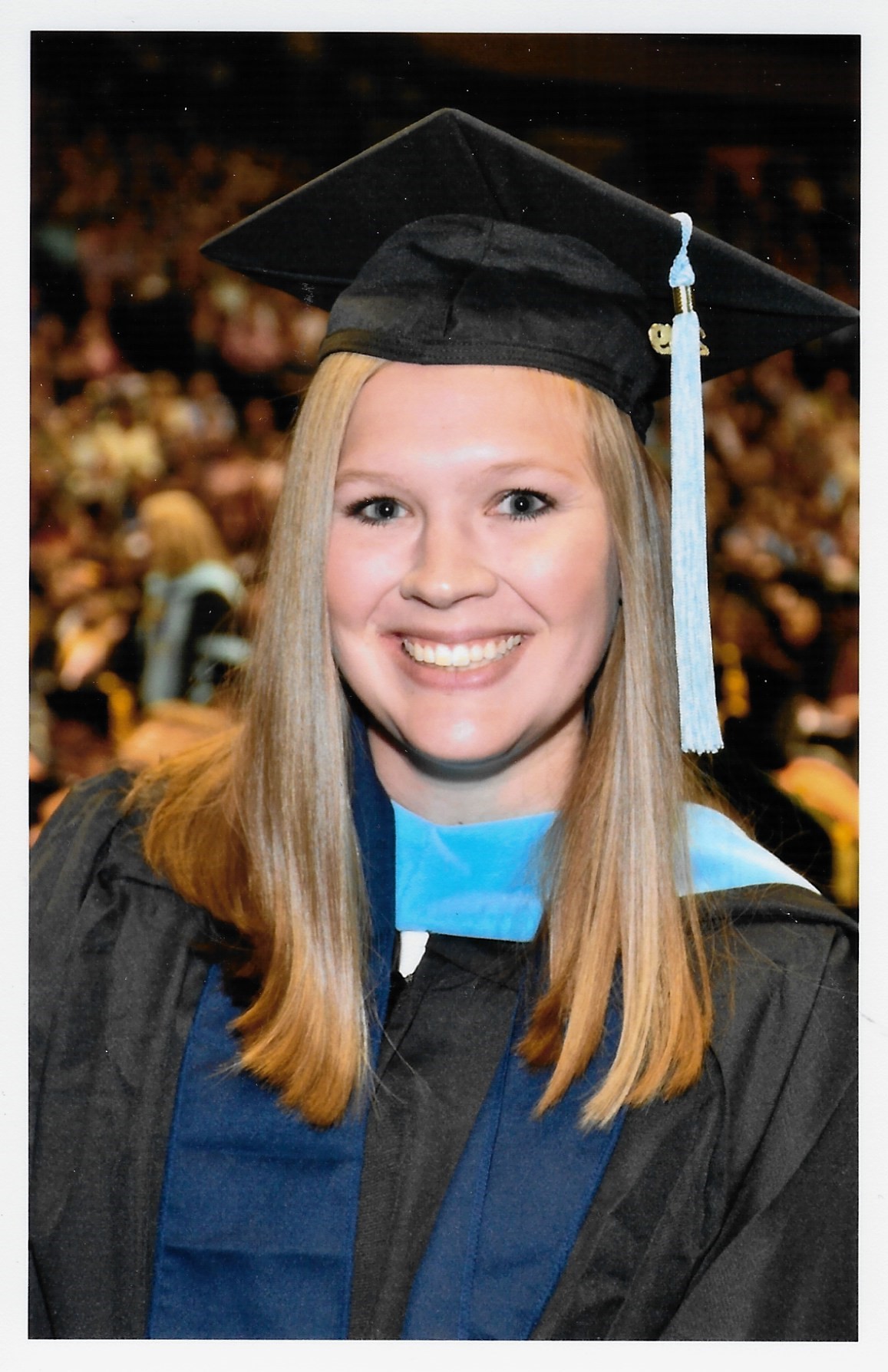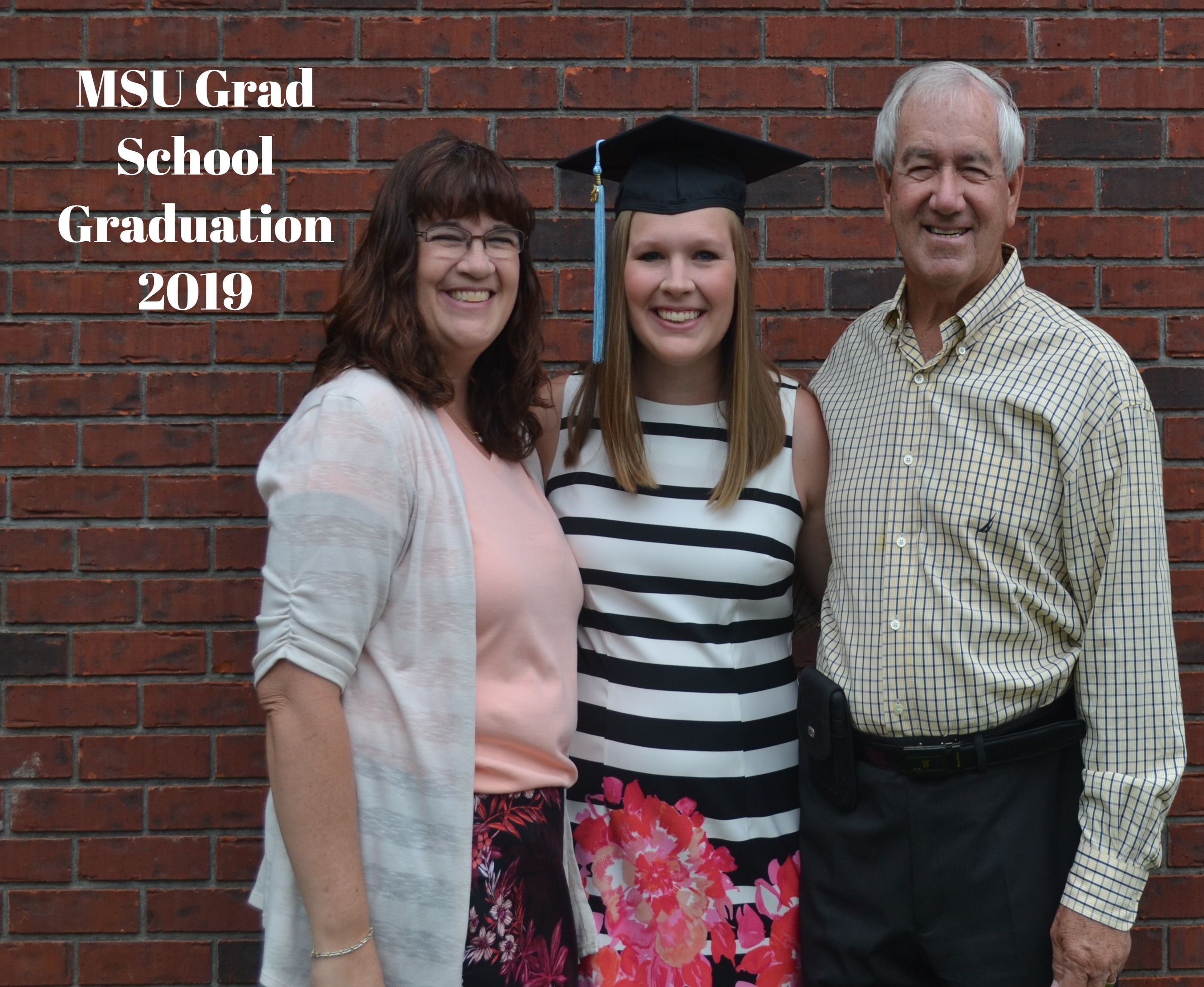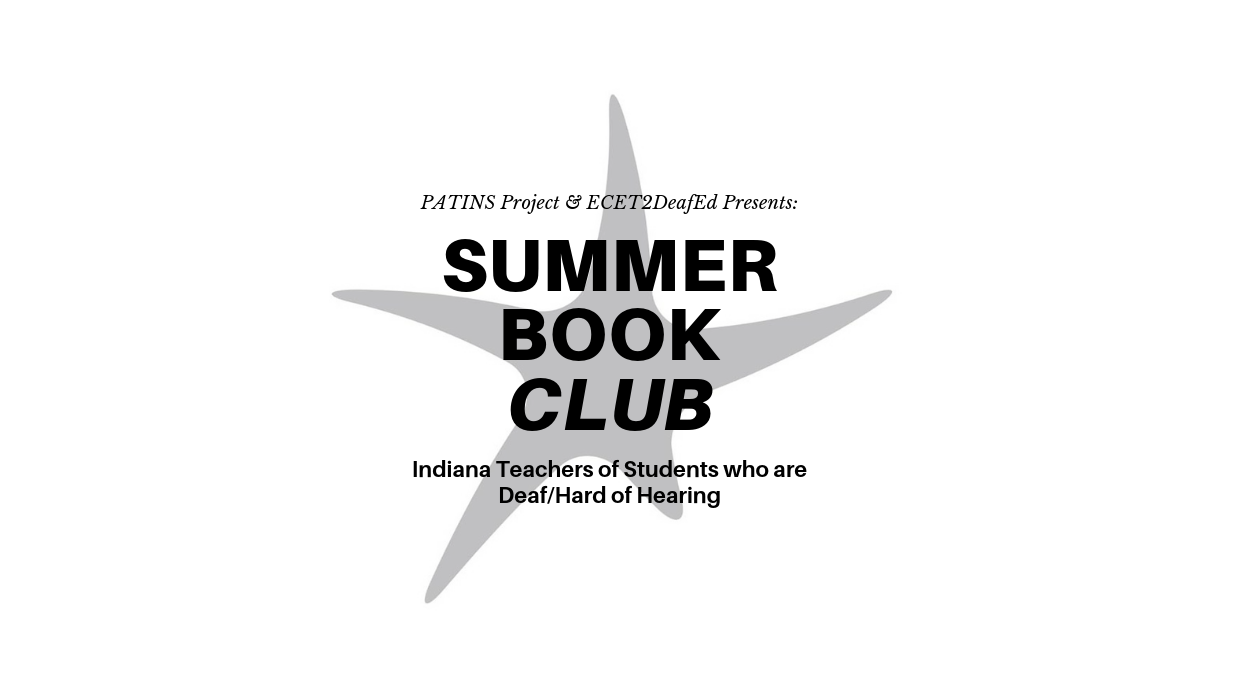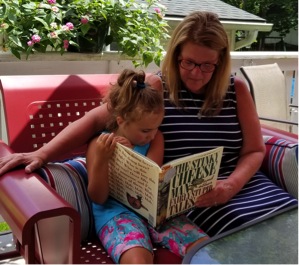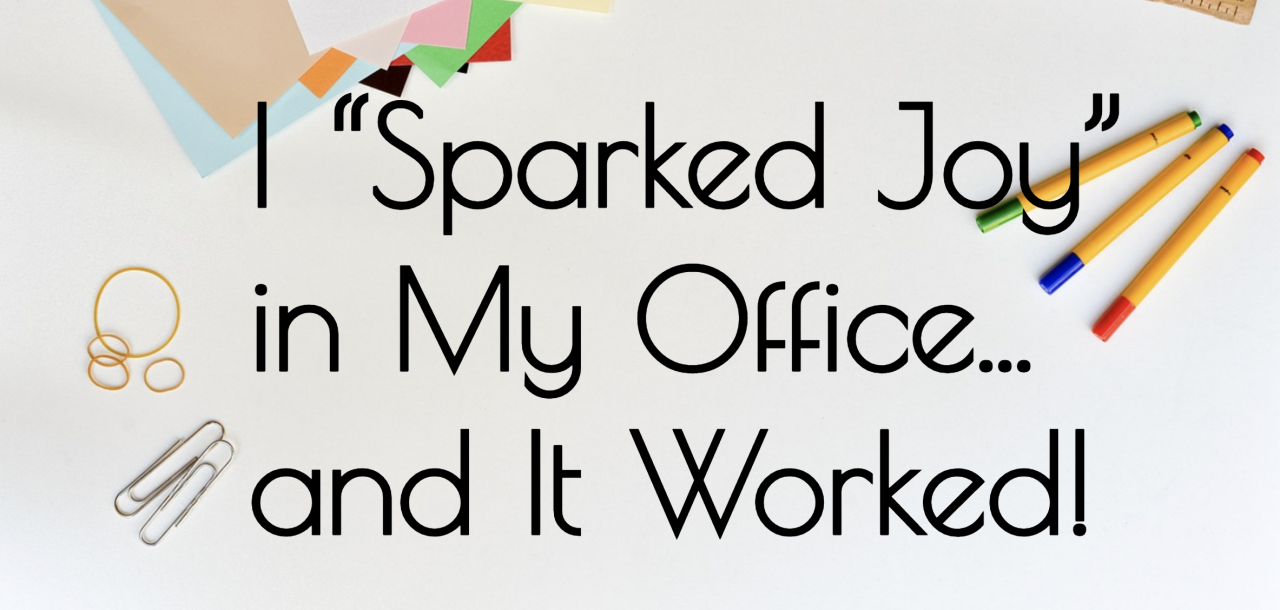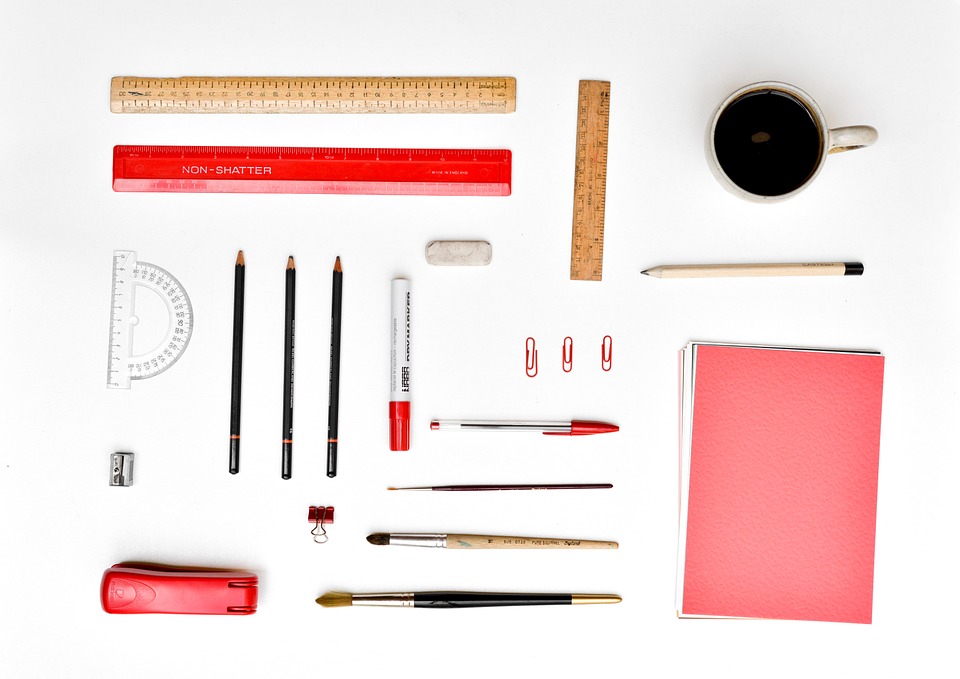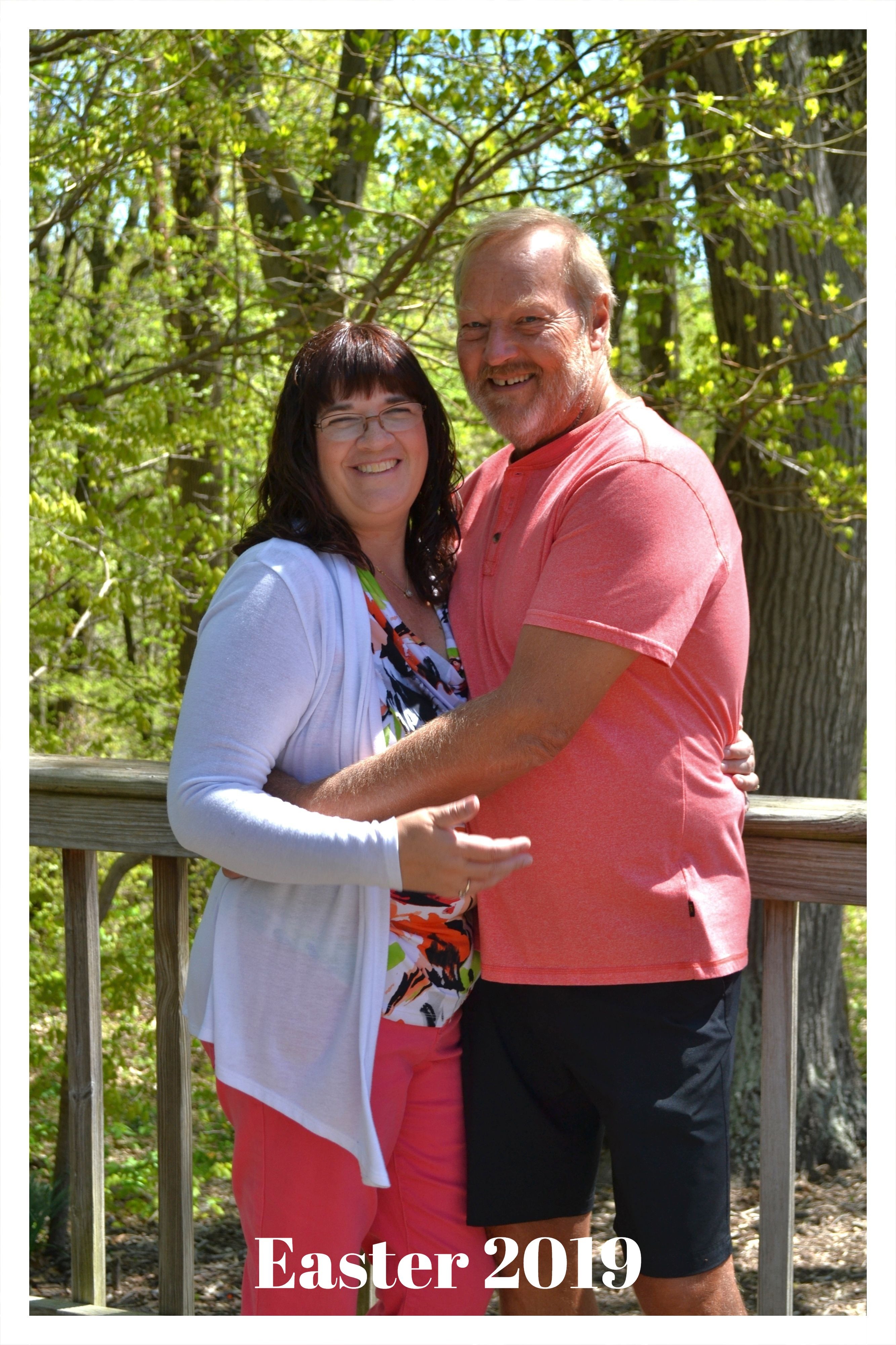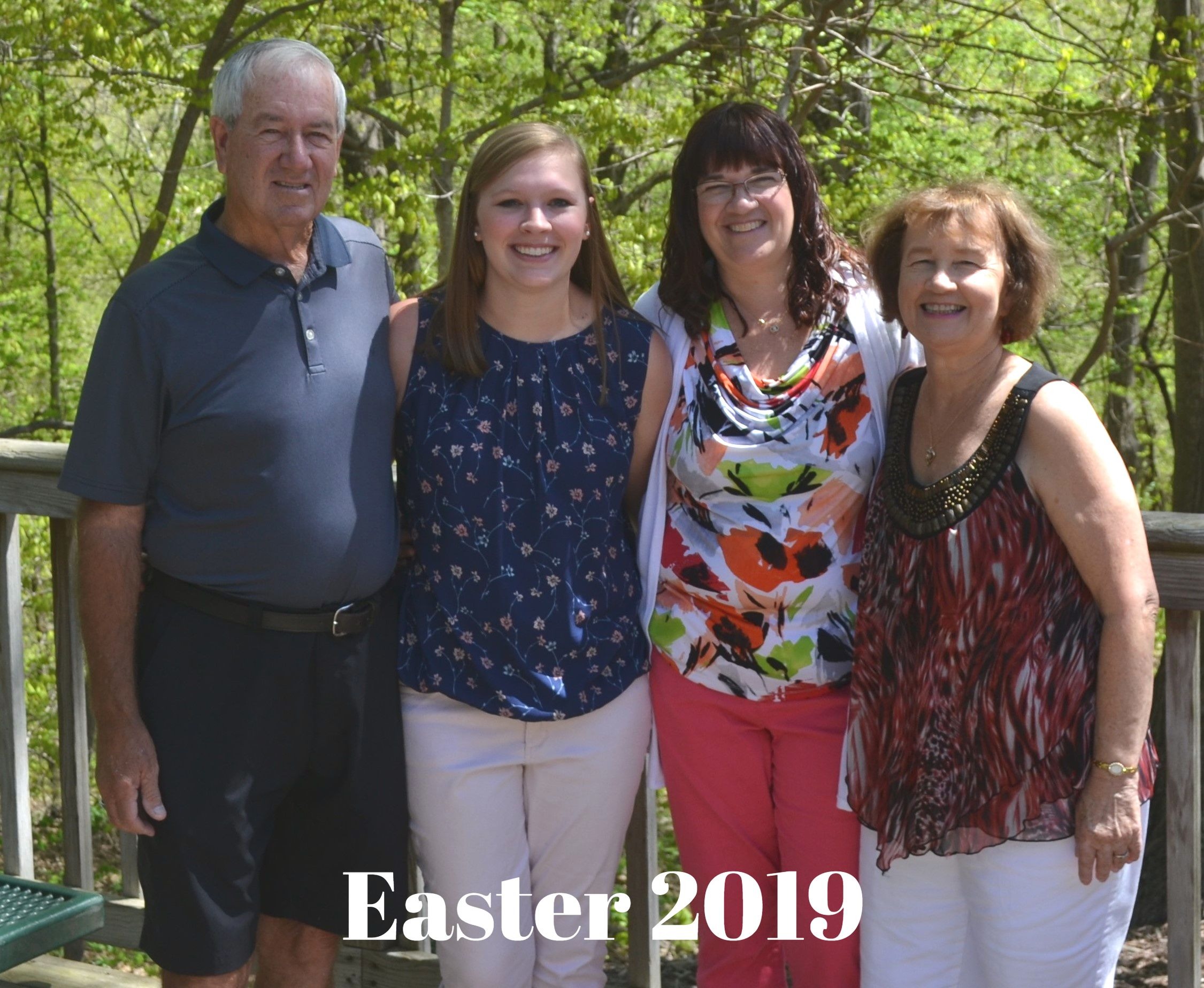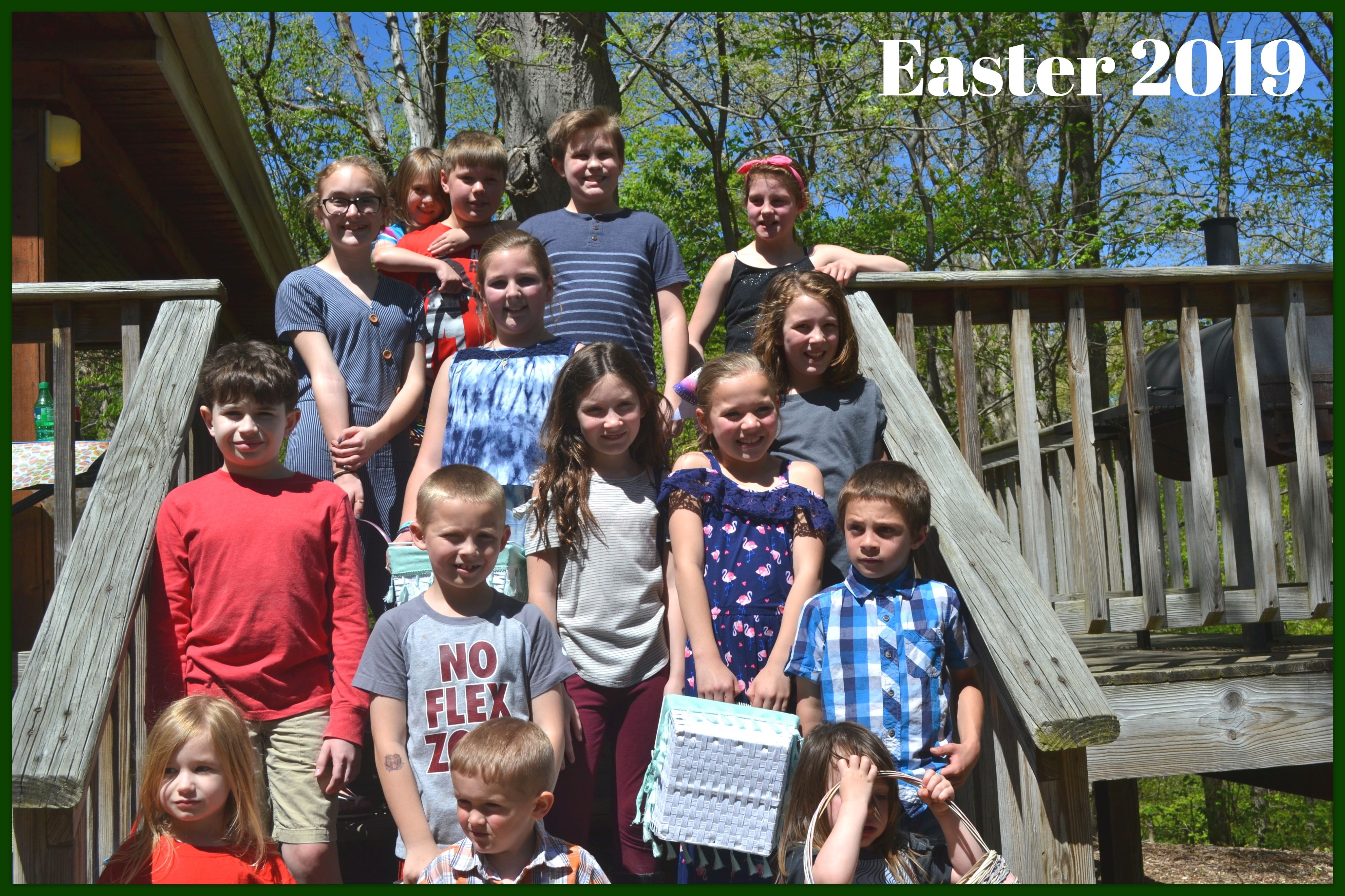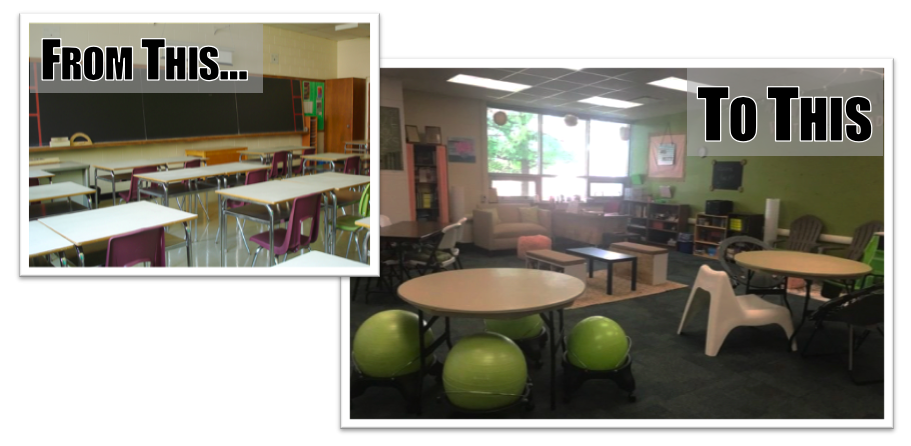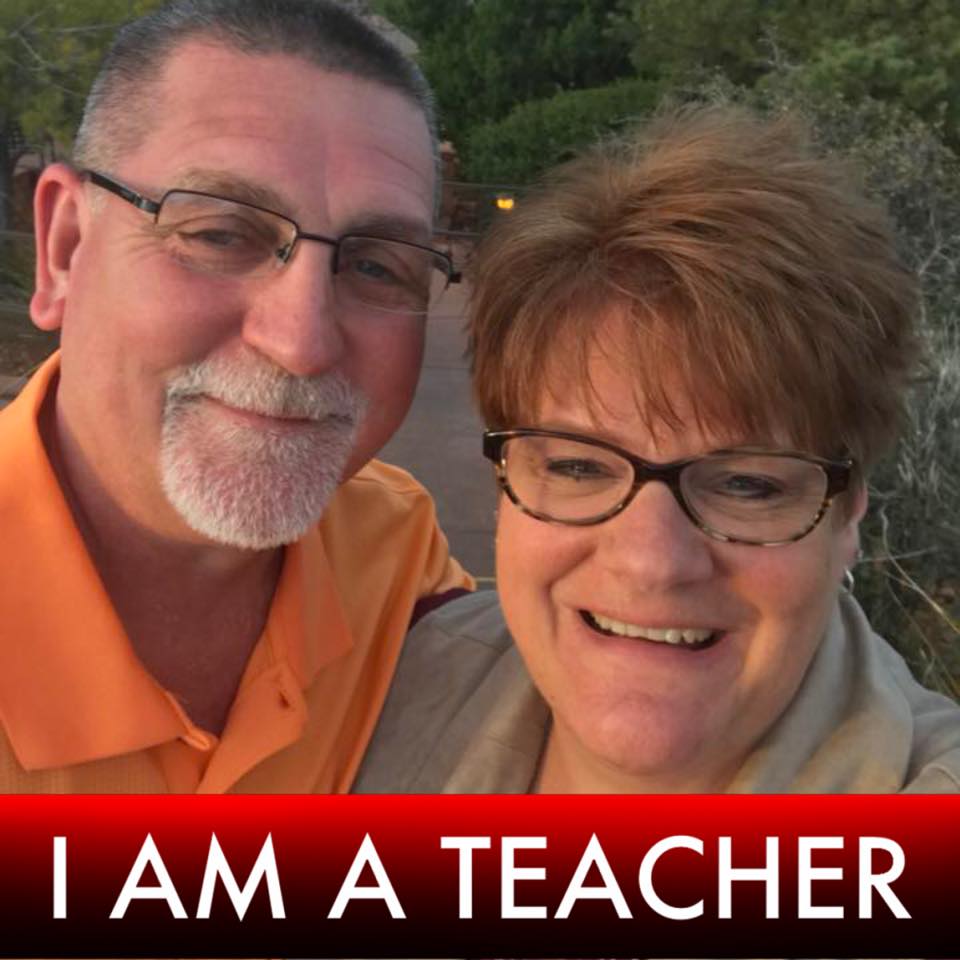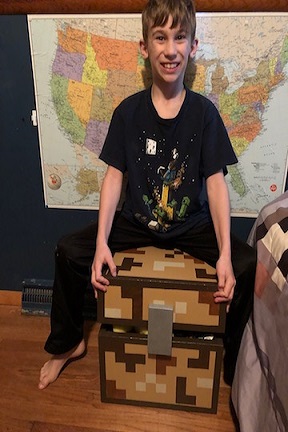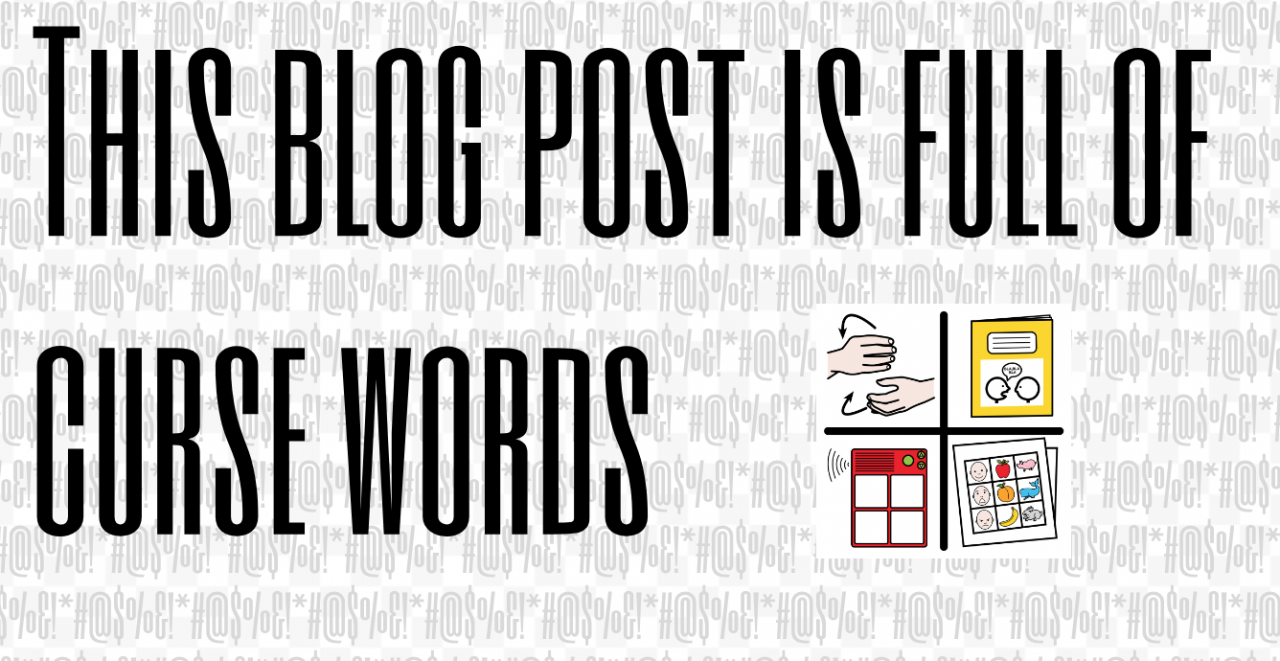When I was in college there was a tagline my friends and I would use when appropriate and necessary: "Everything you know is wrong." Had memes been invented back then, this would have been a good one. It's a sweeping statement to be used in very specific situations: you know and understand the subjunctive tense, until the test. You know you have enough gas to get to work until you have to call a friend to pick you up. You know that 3 days will be plenty to write a comparison of Beowulf and Jesus. Nope. Everything you know is wrong.
You know by now, as an educator, that you have experienced enough odd surprises that you are prepared to handle anything. Unexpected new student? Welcome. Fire drill in the bleak mid-winter? Okay. Nosebleed in the cafeteria? No problem.
Then comes a global pandemic. Schools are closed. Teachers are asked to provide remote instruction to not just the 1 student who is home with mono, but to everyone in all your classes. You have to make learning packets because some students don't have internet service at home. Others can get service but have no device. You are familiar with online platforms such as Zoom, but not like this, not the hours of integration and navigation required by day after day of presenting lessons written in the wee hours. You had become quite adept at monitoring IEP goals during classes, you could write social stories on the fly and provide unplanned task assessments just because the student seemed well-rested. Now they are so out of reach. Are they sleeping? Eating? Reading? So much instruction time is lost for all students, how will you and they ever catch up?
Catching up lost instruction time will not be an equitable process, as described by a recent study released by McKinsey & Company, reported in Time magazine. "While all students are suffering, those who came into the pandemic with the fewest academic opportunities are on track to exit with the greatest learning loss." Preaching to the choir, right?
Education theorists are coming up with creative solutions for this loss of instruction, including a strategy being incorporated in several Massachusetts school districts called "acceleration academy" which focuses on Literacy, Math, and ELL--the content areas where the loss of instruction time is most evident--and provides in-person and remote instruction outside the typical school day, such as during fall and spring breaks, and for several hours on Saturdays. This strategy is having positive results. How We Go Back To School is an informative and helpful eight-part series by Education Week (must be a subscriber) that provides clear, illustrated descriptions of timely issues that educators now must consider: social distancing at school, rearranging schedules that adhere to safety measures, and instructional needs, student transportation, making remote learning work for students, teachers, parents.
The most profound losses may not necessarily be academic and will likely be the most challenging for everyone. Many students have lost family members and friends during the pandemic. Many parents became unemployed, which has led to food insecurity for more families, loss of health insurance, loss of home. Many families who already experienced these particular hardships are now "competing" with many more others for limited community resources.
A marked rise in domestic violence is a dark response to these losses. Teachers as mandated reporters are often the first to identify possible/probable child abuse, but now, children may have been confined at home with despondent, depressed, and yes, violent adults. Teachers can't report what they do not see.
And then there's just plain loneliness. Your students are not seeing their friends, not giggling together between classes, or sitting together for lunch. They are not whispering behind shelves in the library or sending silly messages in the computer lab, all the social acts that make school a fun place to be. And they miss you. Their teachers. You are their parents for seven or more hours a day, teaching them subject content and modeling for them how to adult. Then, COVID changed all that.
Those who know me well know that I believe in journaling to help us through difficult situations. I know it works. One doesn't have to be a good writer to keep a journal, and keeping a journal can certainly help someone become a better writer. While I was teaching 7th grade Language Arts, one of their assignments was to write in a journal. They could choose how often, but at least once a week. It was for their eyes only, if they chose. They would just come up and show me the new entry, and they would get a point. Often they asked me to read their thoughts, which was quite helpful in understanding their moods, propensities, and even their appearance. One boy only drew illustrations, which told his stories perfectly. And now, of course, there is digital journaling with a smartphone or iPad. Some of these have a free app, with more features available for a monthly fee.
Our students are living through a historic time. There have been several pandemics and epidemics that have profoundly affected the United States in the last several generations; COVID-19 is the worst because it's here. Now. And it's everywhere. As in-class instruction picks up, no one expects that to be "normal". So we must forgive students if they struggle to pay attention to what we are trying to teach. Support them if they seem distracted and sad. Encourage them to express their fear, anger, frustration, whatever it is, in productive, creative ways. Every day. At the beginning of every class. Whatever it takes.
Not a bad practice for the adults in the room, either. Because suddenly you may feel that everything you know is wrong. And it is not. You will have to add to what you know, so lean into the PATINS Project--check the PATINS Training Calendar--for tools and ideas you can use immediately. Like adding captions to everything you do. Like overlapping strategies for ELLs and students with SLD. Like creating accessible materials for distance learning, using APPs for sensory and self-regulation, or learning new ways to help the littles participate in virtual preschool instruction. Whatever you need, just ask. PATINS Specialists are magic that way. They will do the research, design the training to fit your needs, then present it all to you so you can increase everything you know.

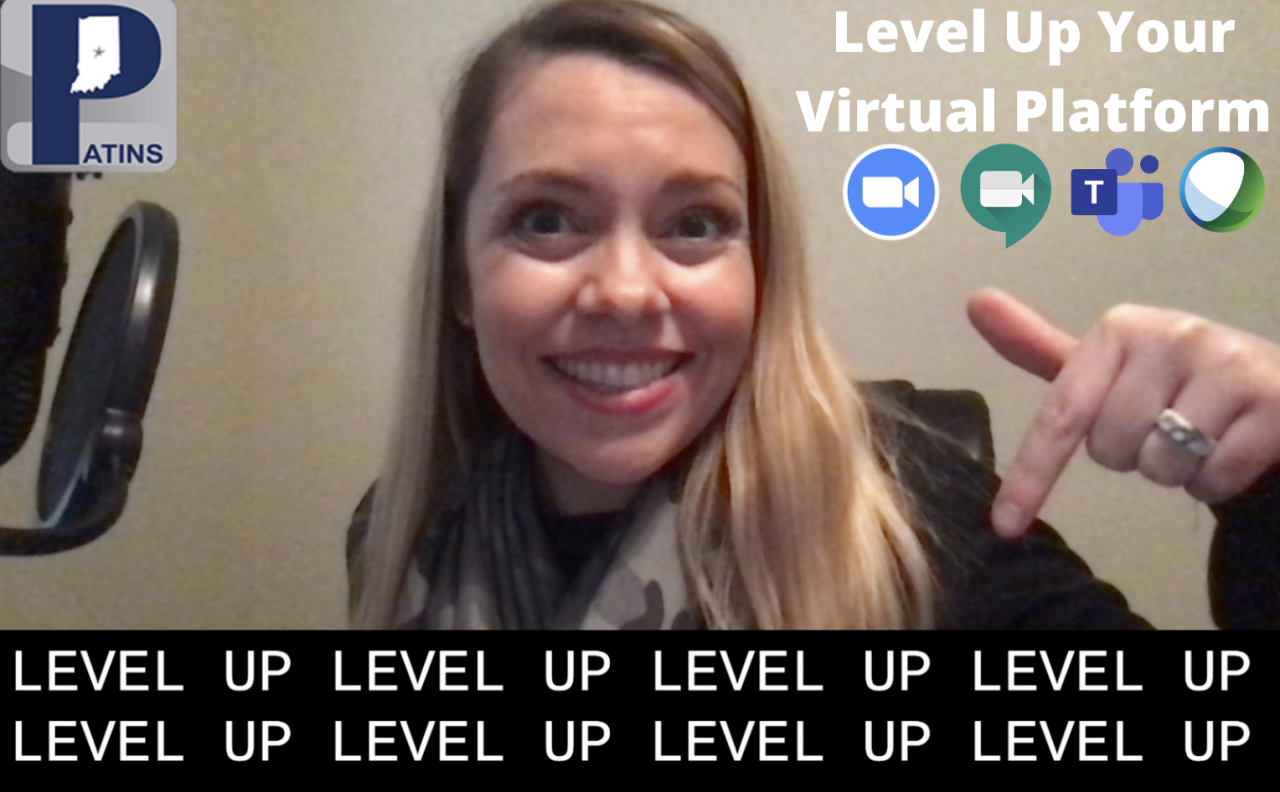
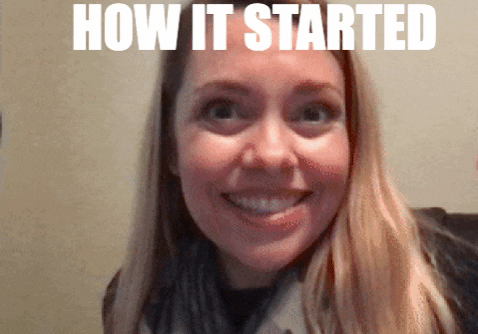
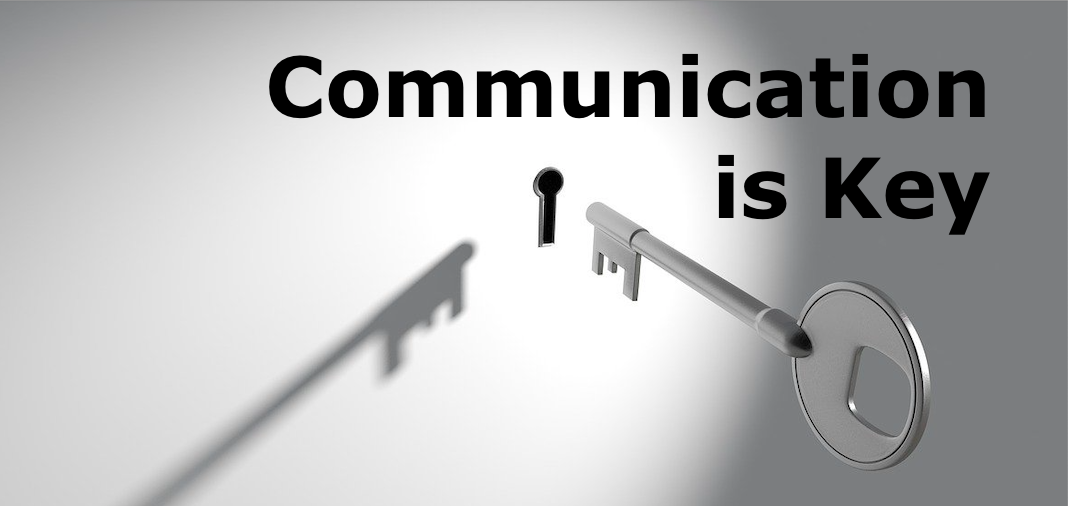
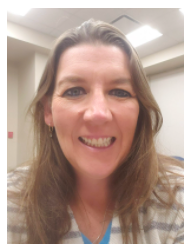 month I'm thrilled to present a guest blogger, Jamie Witherington. She has been a teacher for students with intense needs for 19 years. Her career began with Indianapolis Public Schools before moving to Greenwood Community Schools, where she has taught for the past 14 years. She presented at the PATINS Access to Education (A2E) Conference in 2019 and was also a Project Success Model Site Teacher during the 2019-20 school year. When she's not passionately supporting her students' communication in the classroom, she is a mom to 3 amazing kids, coach, friend, and lover of all things gnomes.
month I'm thrilled to present a guest blogger, Jamie Witherington. She has been a teacher for students with intense needs for 19 years. Her career began with Indianapolis Public Schools before moving to Greenwood Community Schools, where she has taught for the past 14 years. She presented at the PATINS Access to Education (A2E) Conference in 2019 and was also a Project Success Model Site Teacher during the 2019-20 school year. When she's not passionately supporting her students' communication in the classroom, she is a mom to 3 amazing kids, coach, friend, and lover of all things gnomes. 